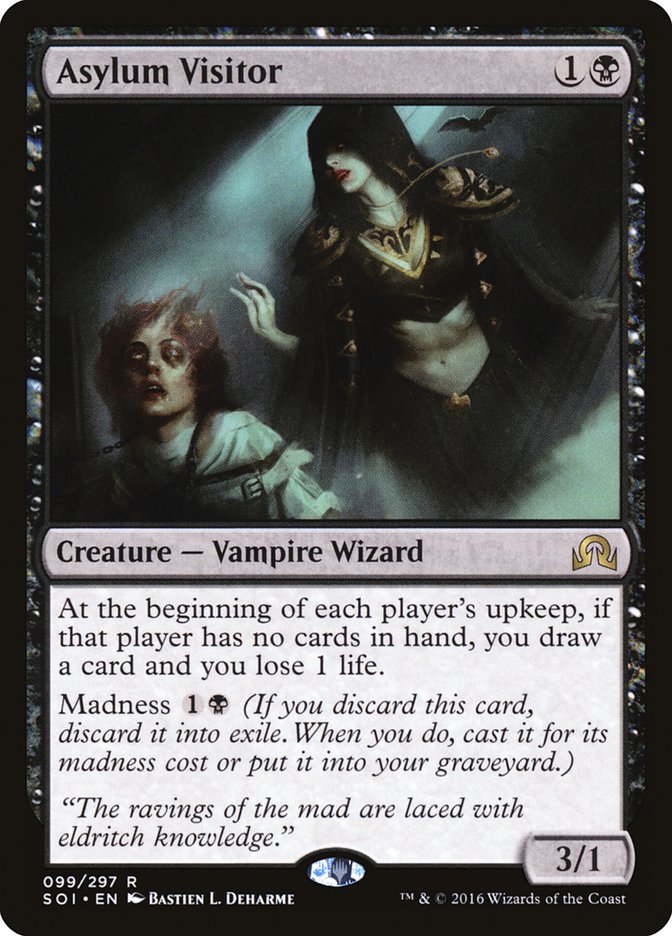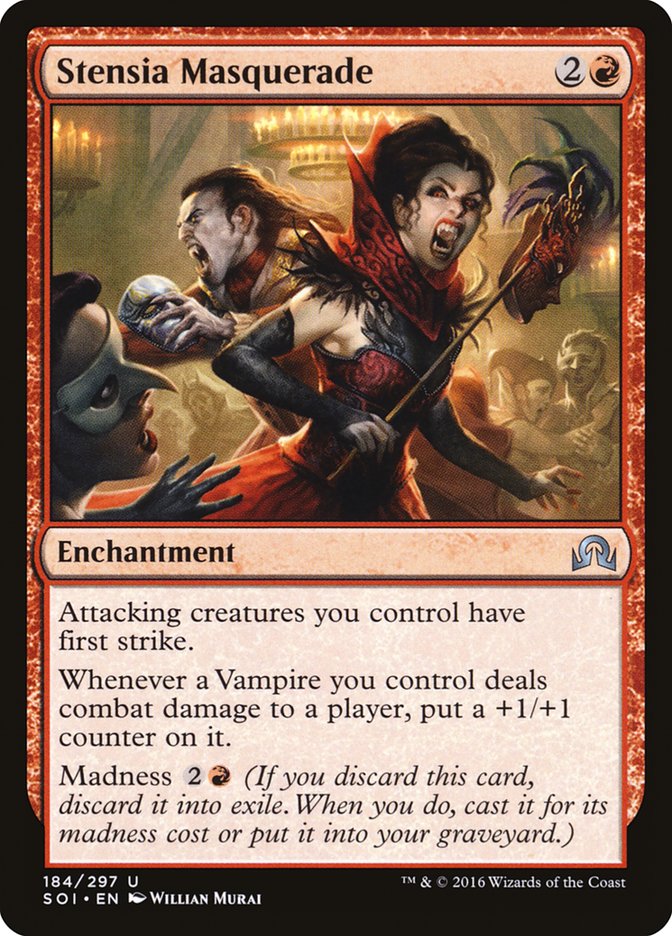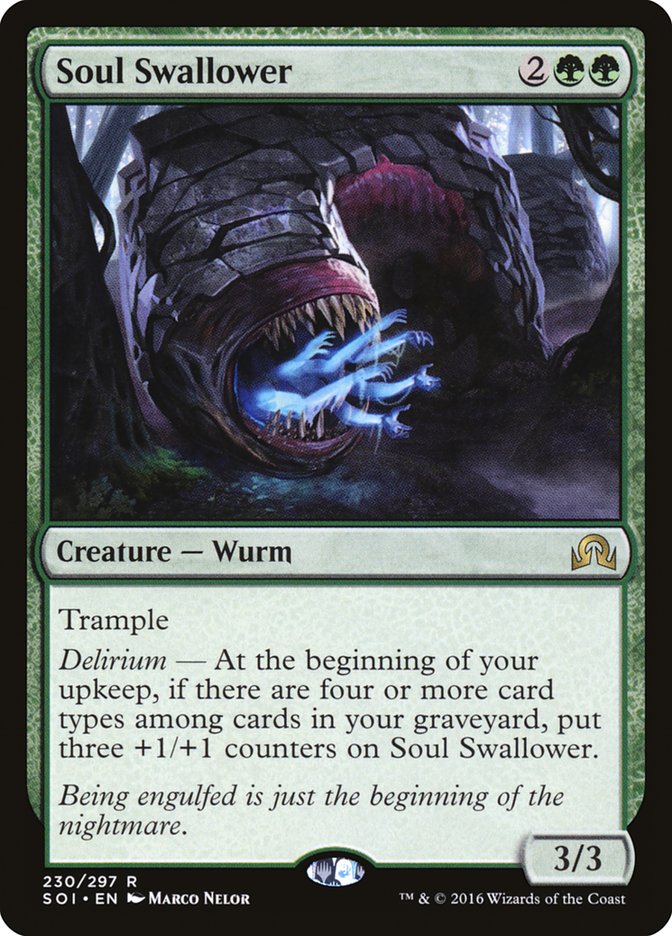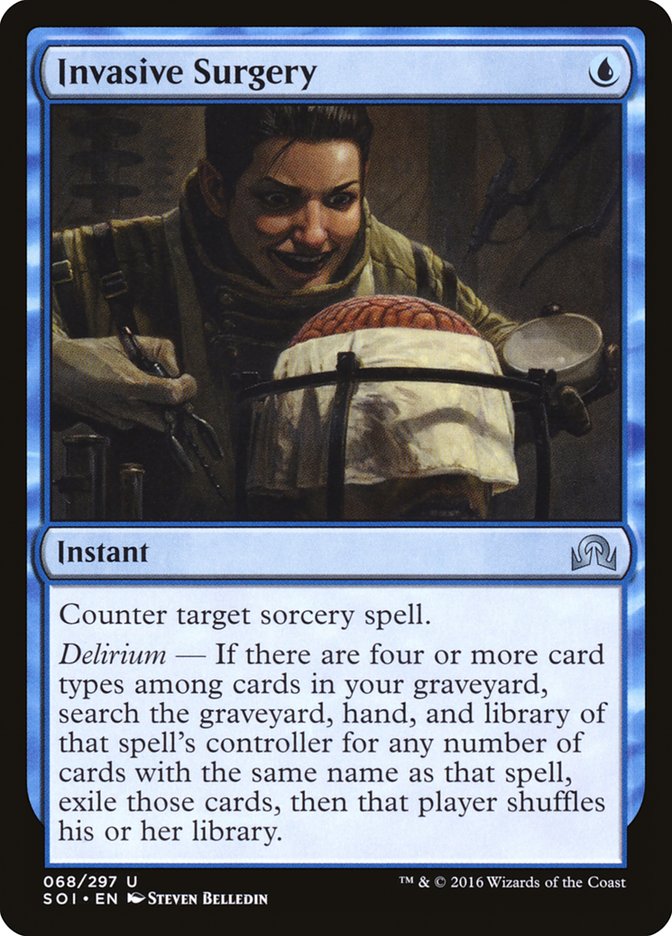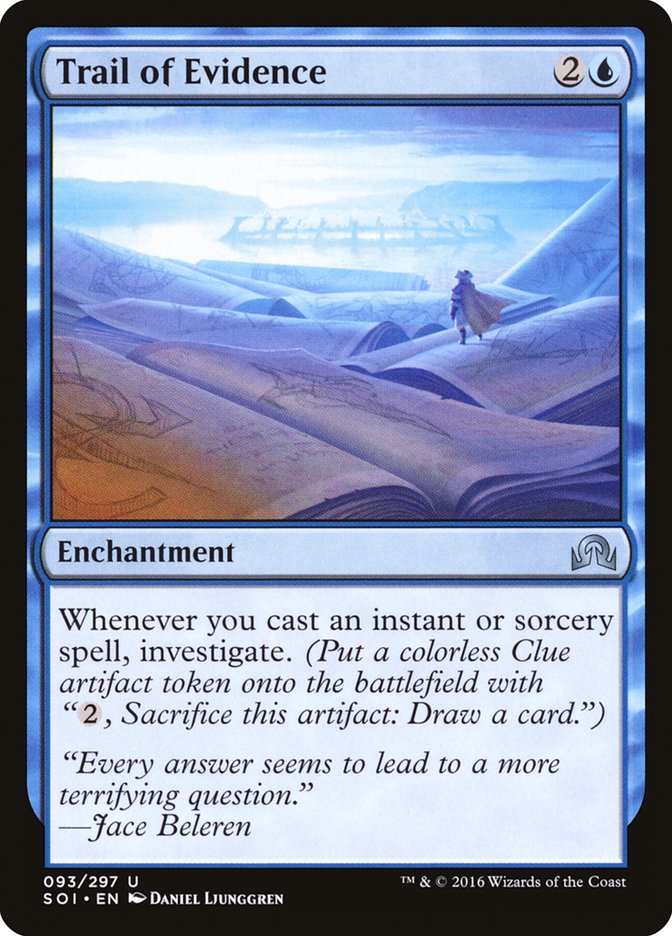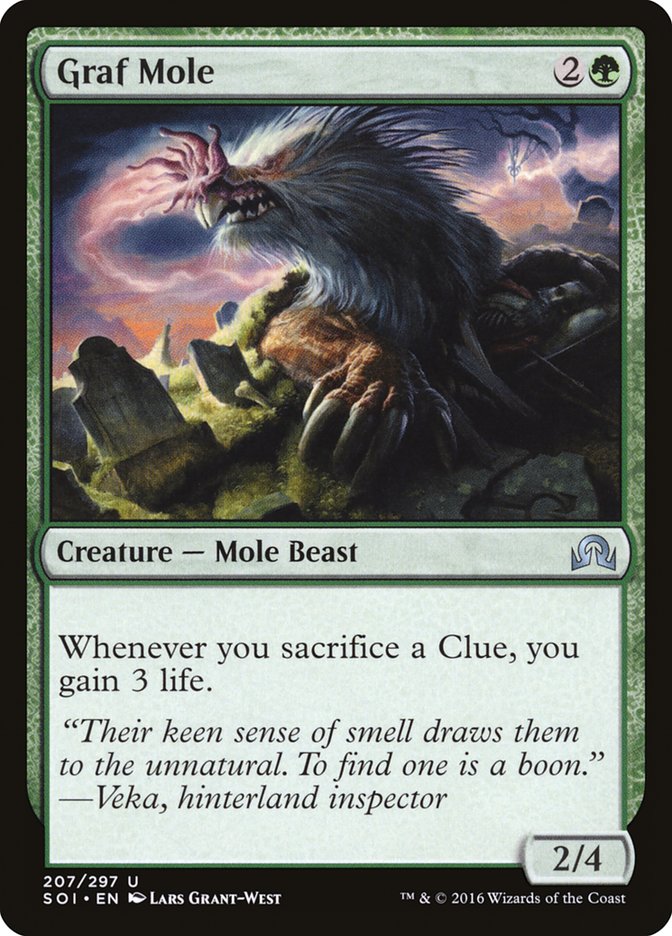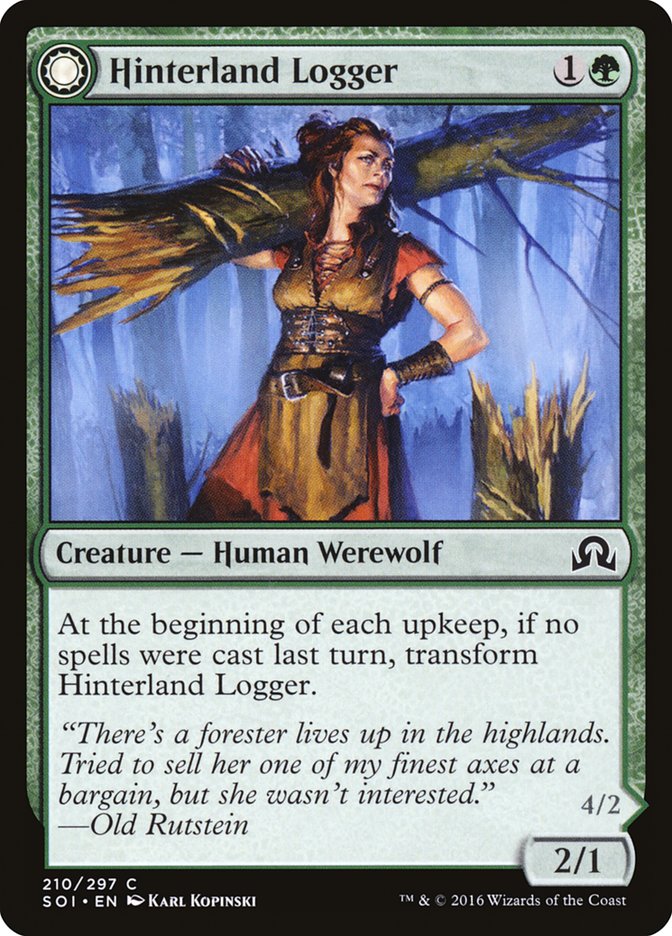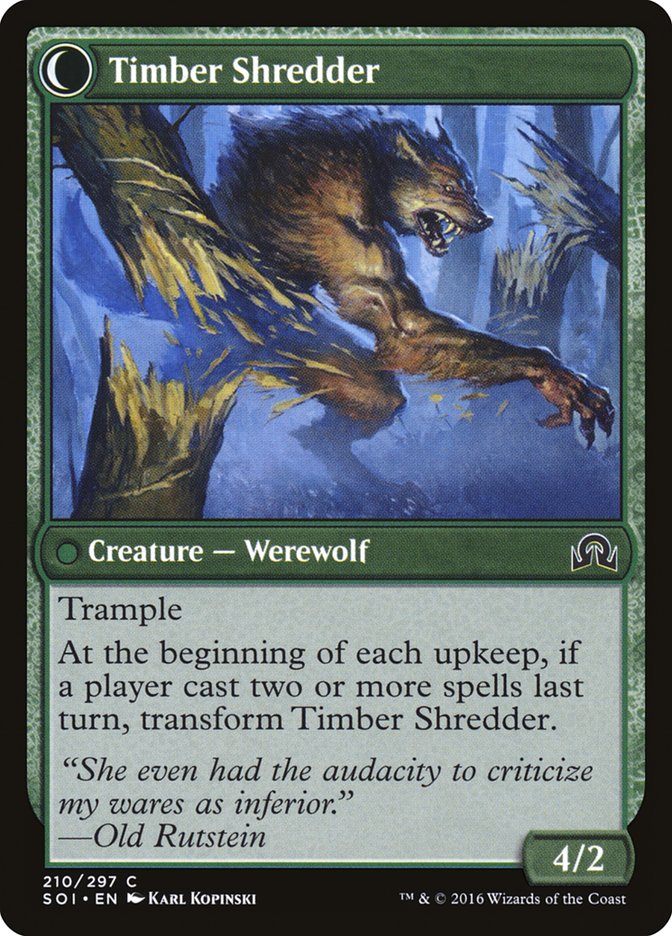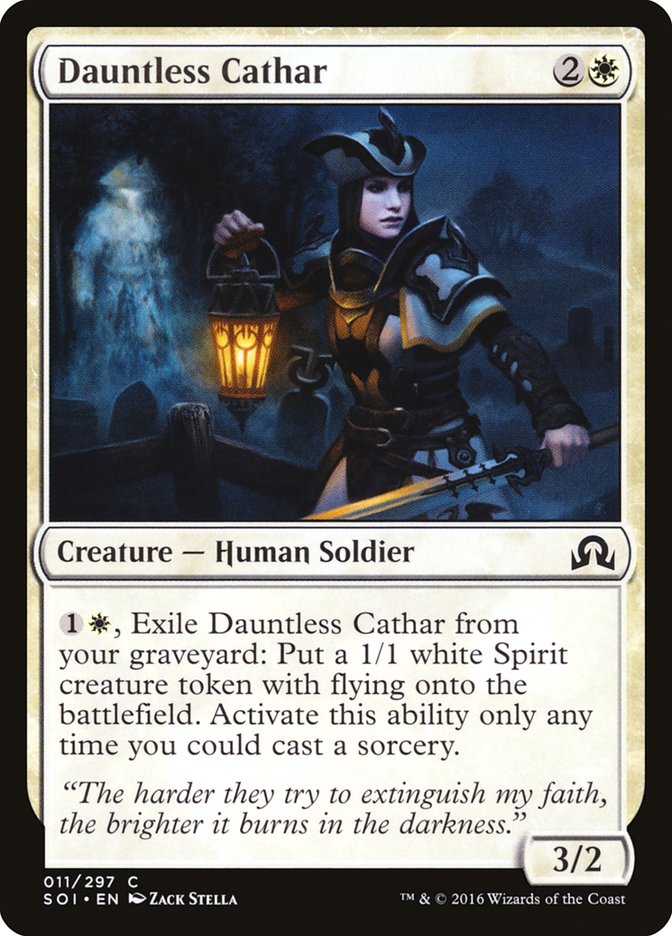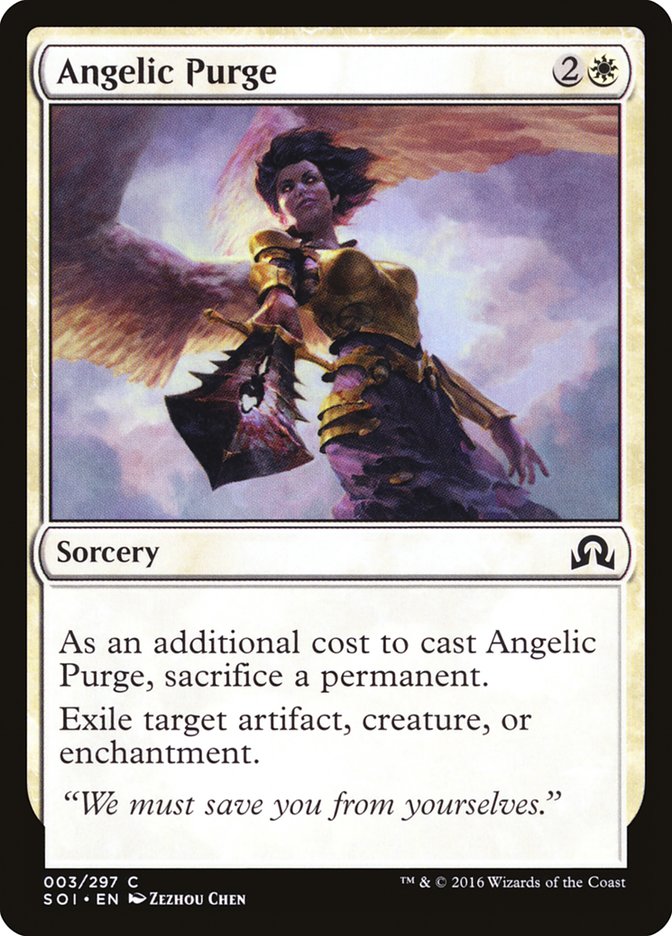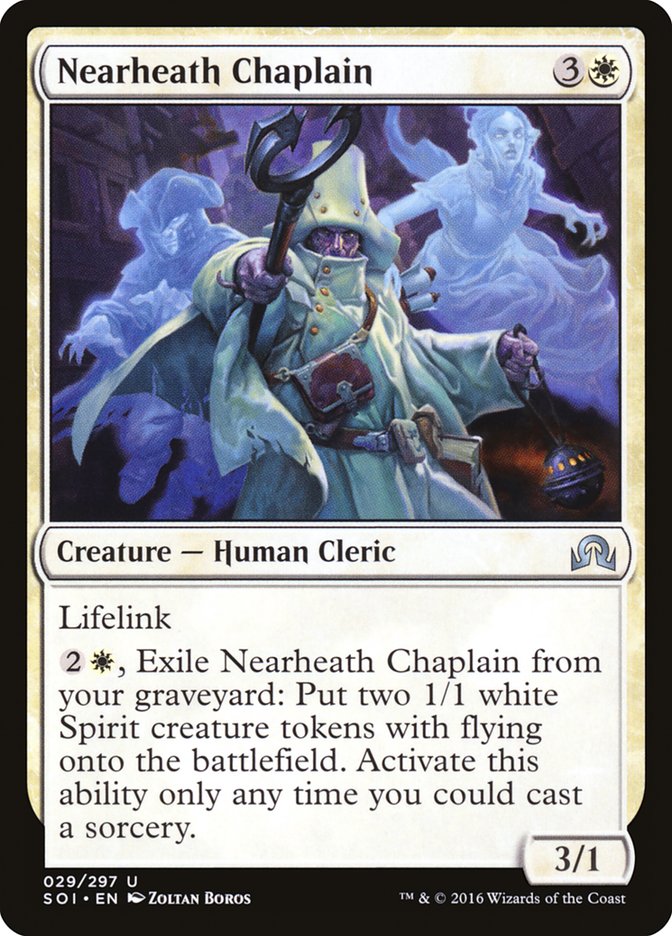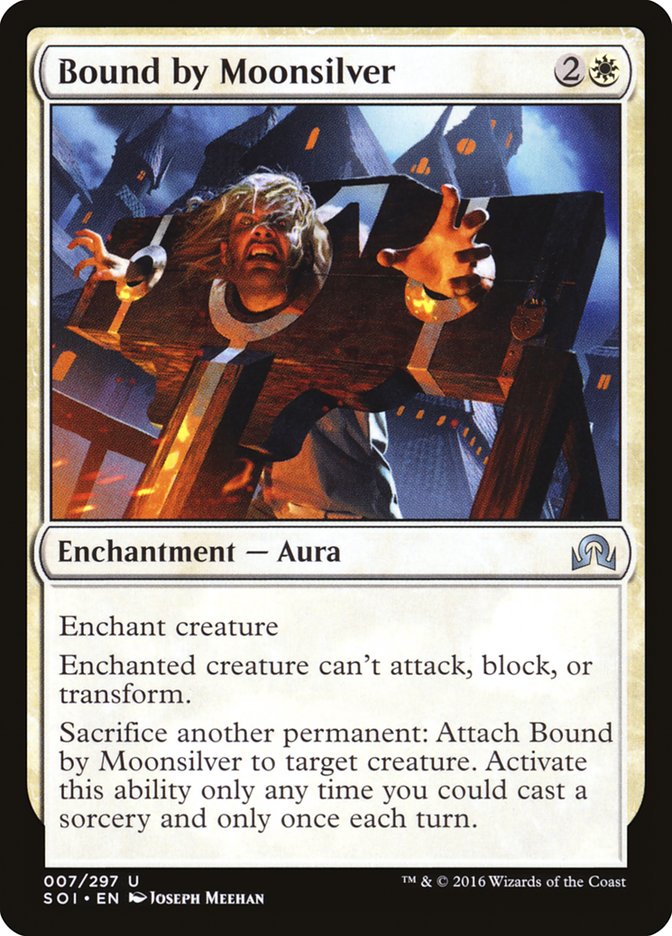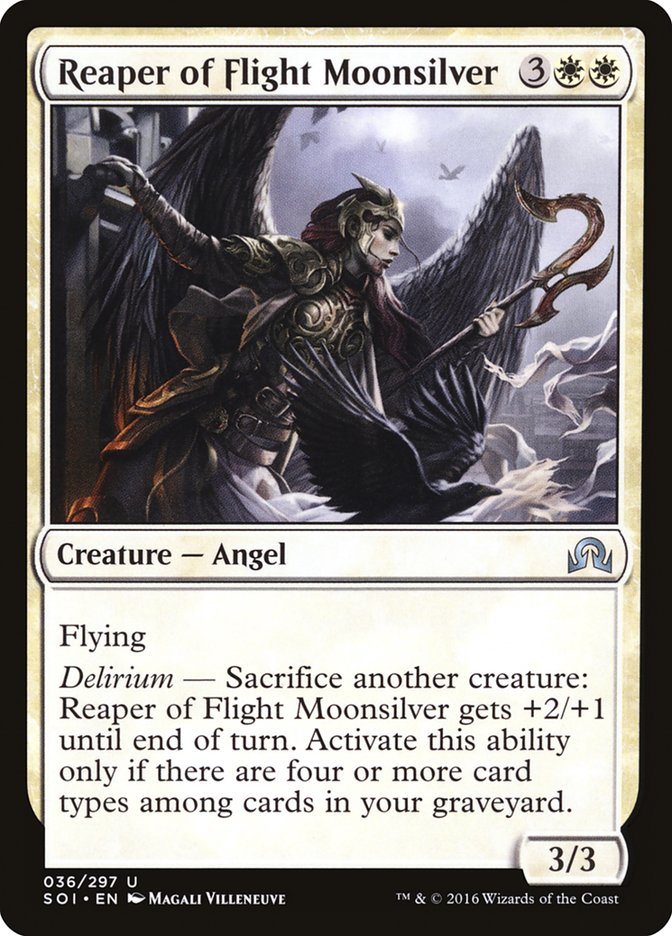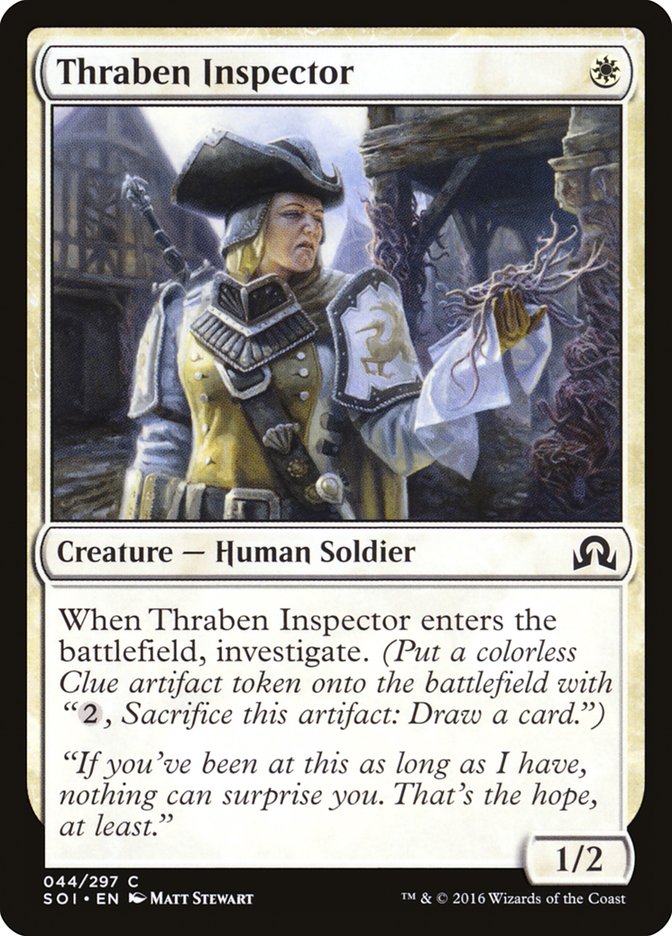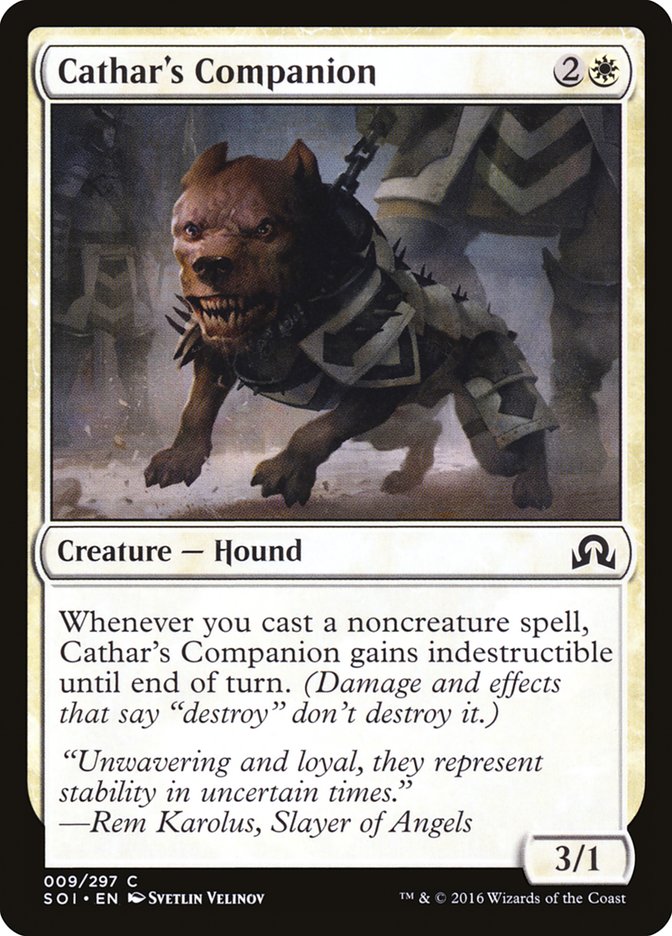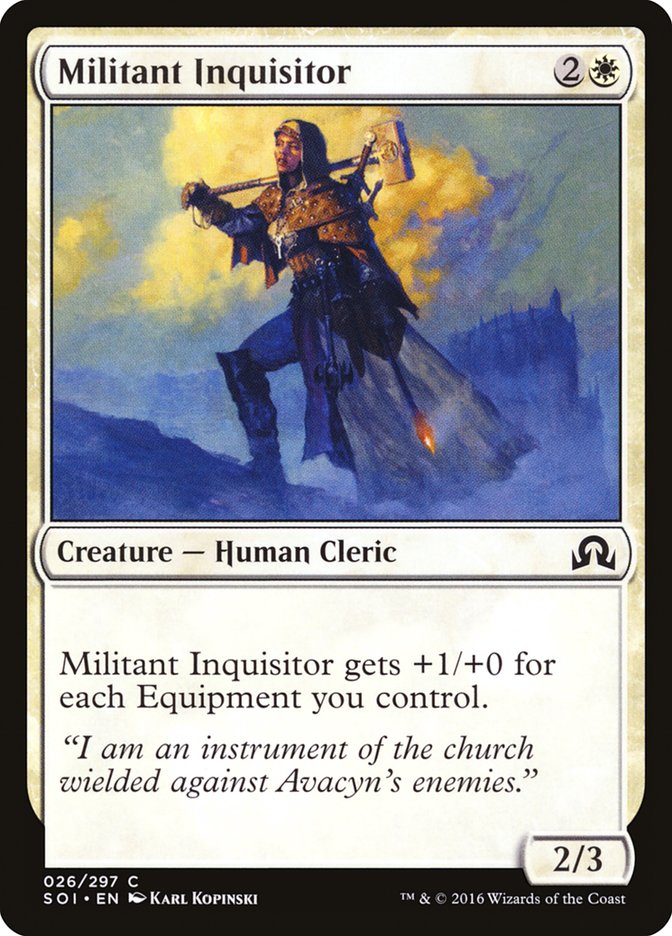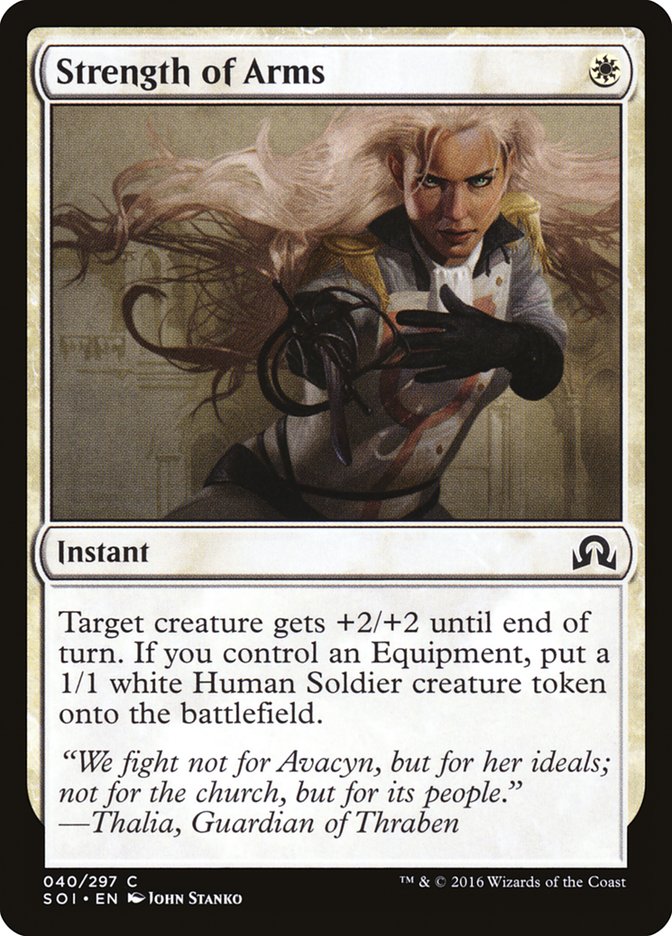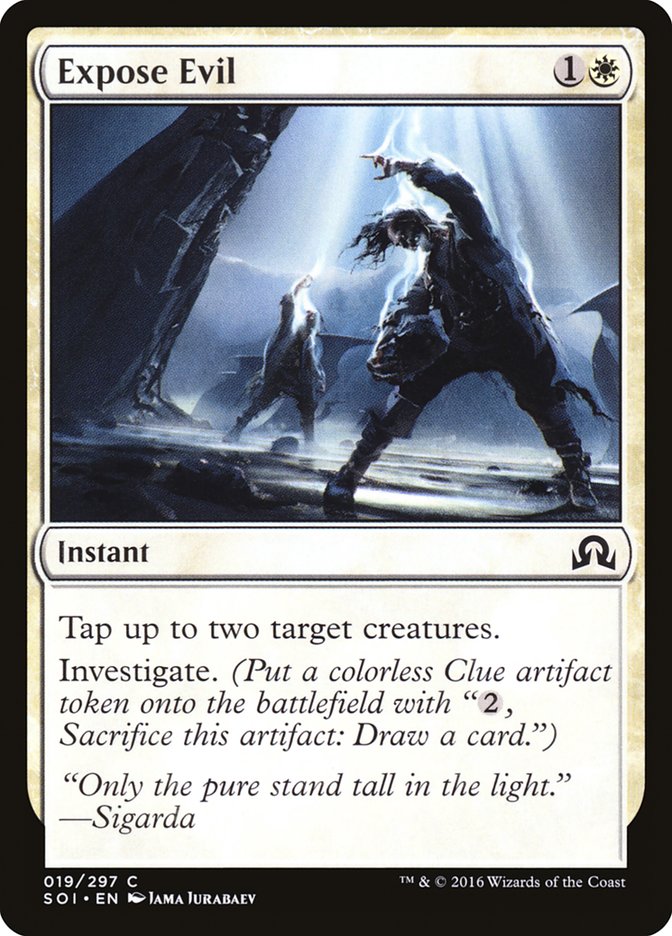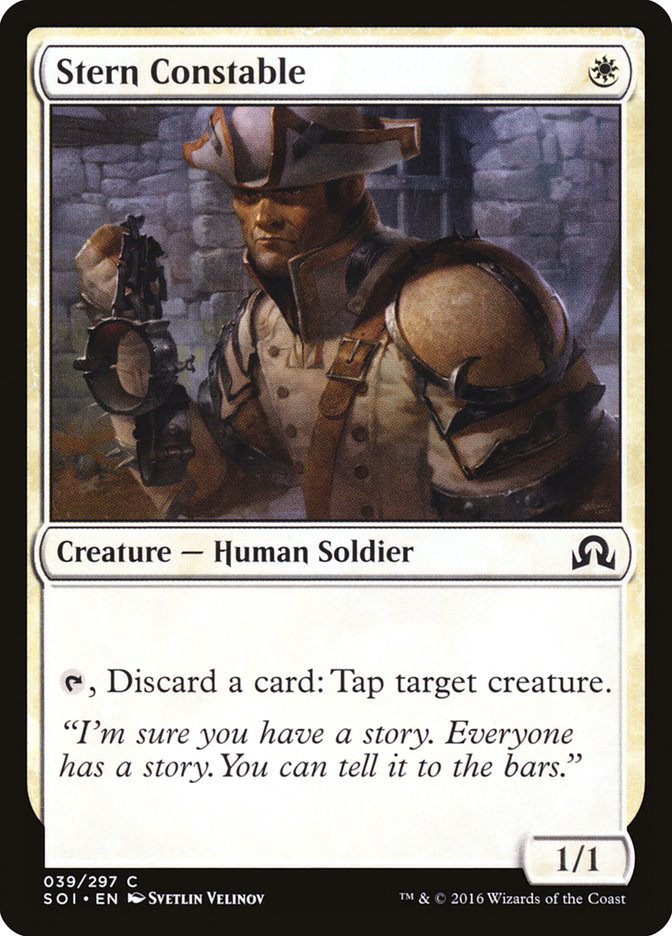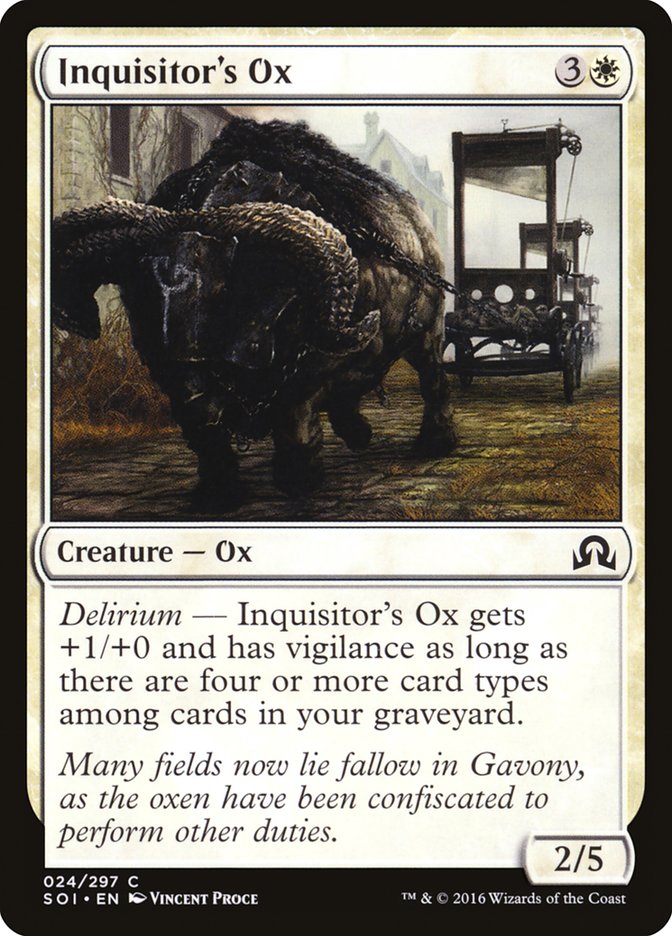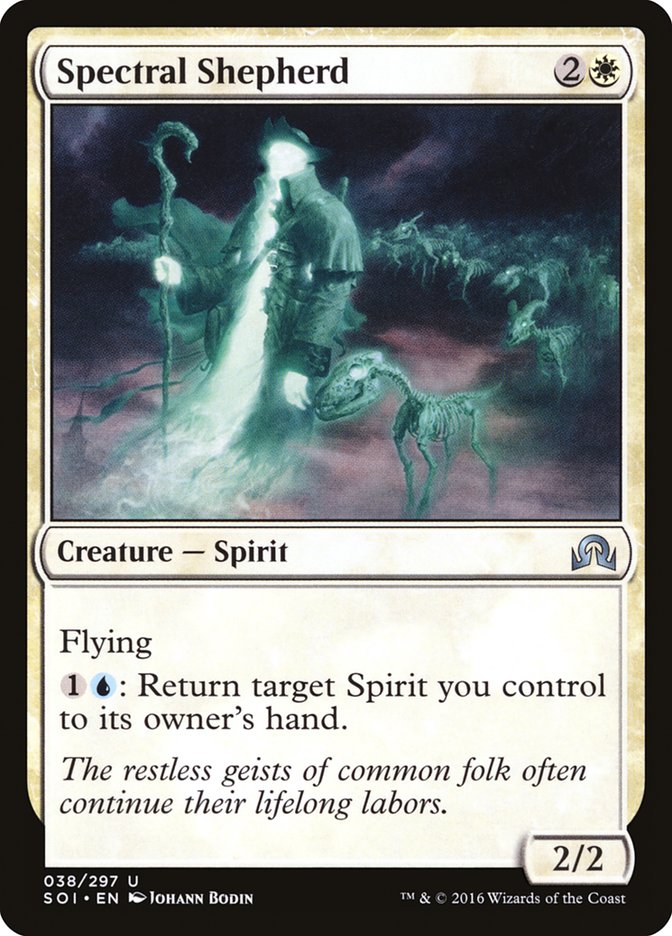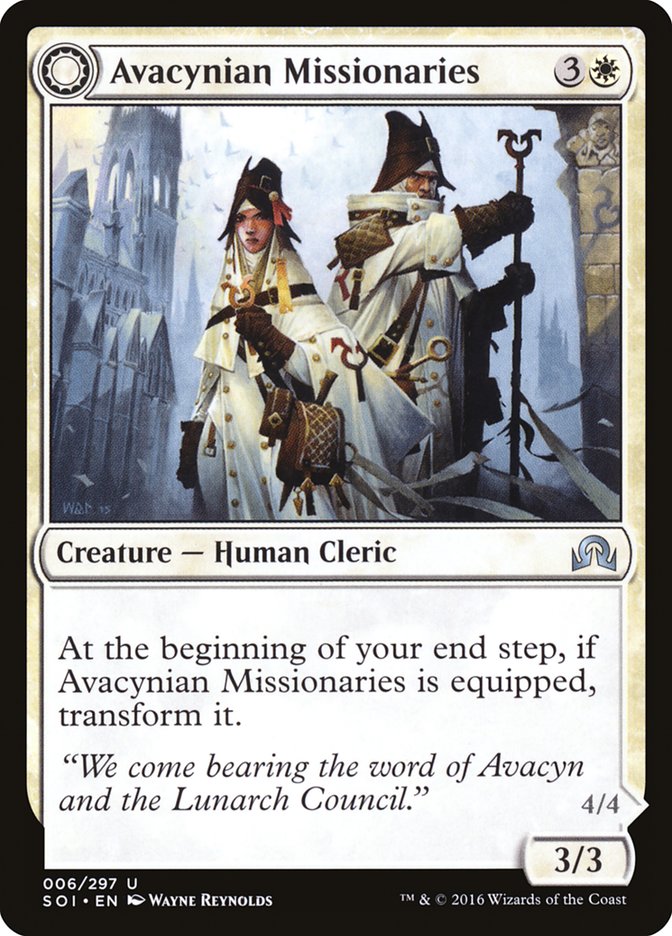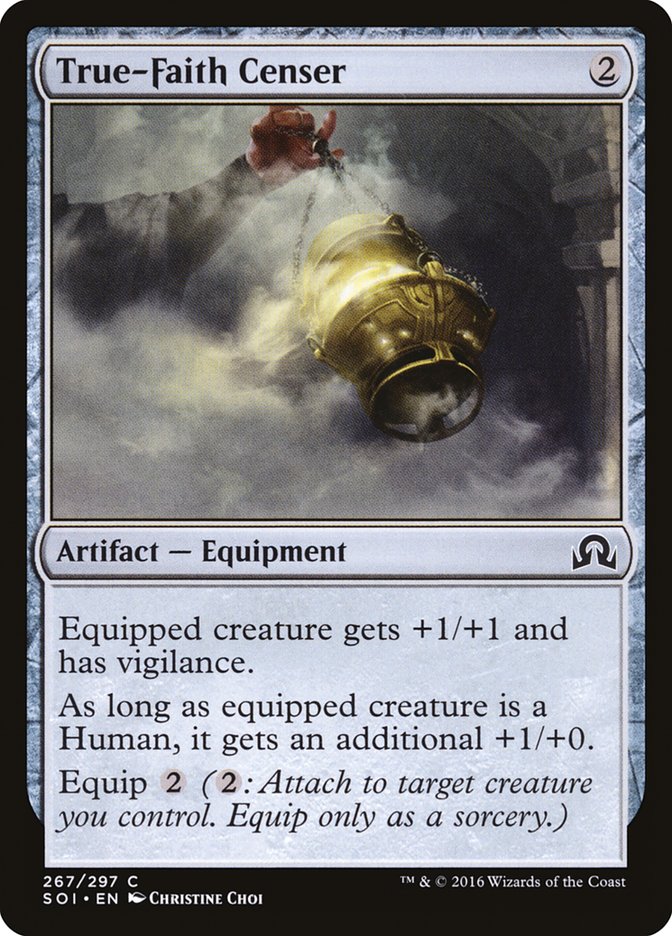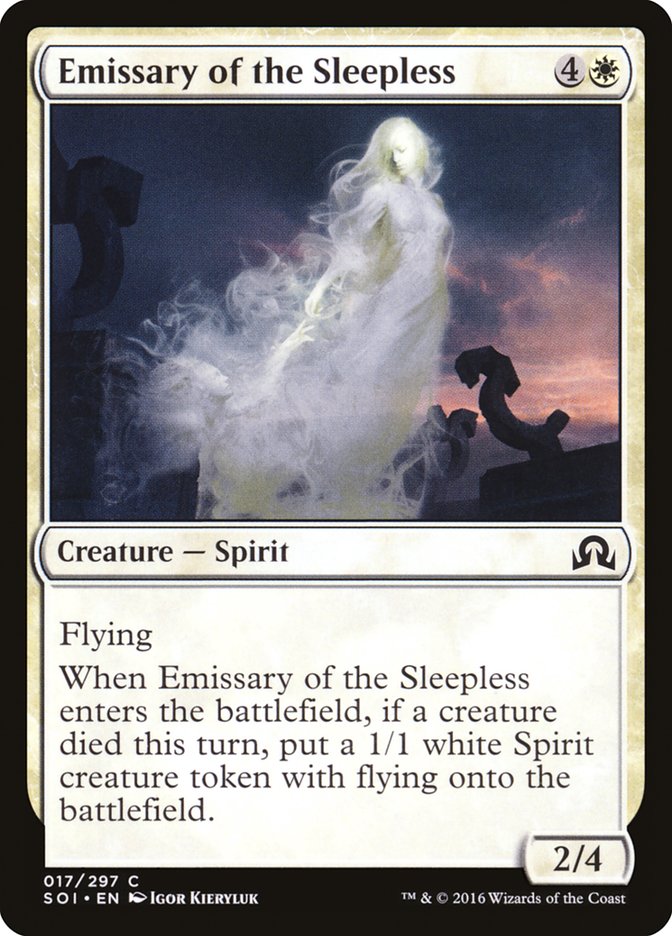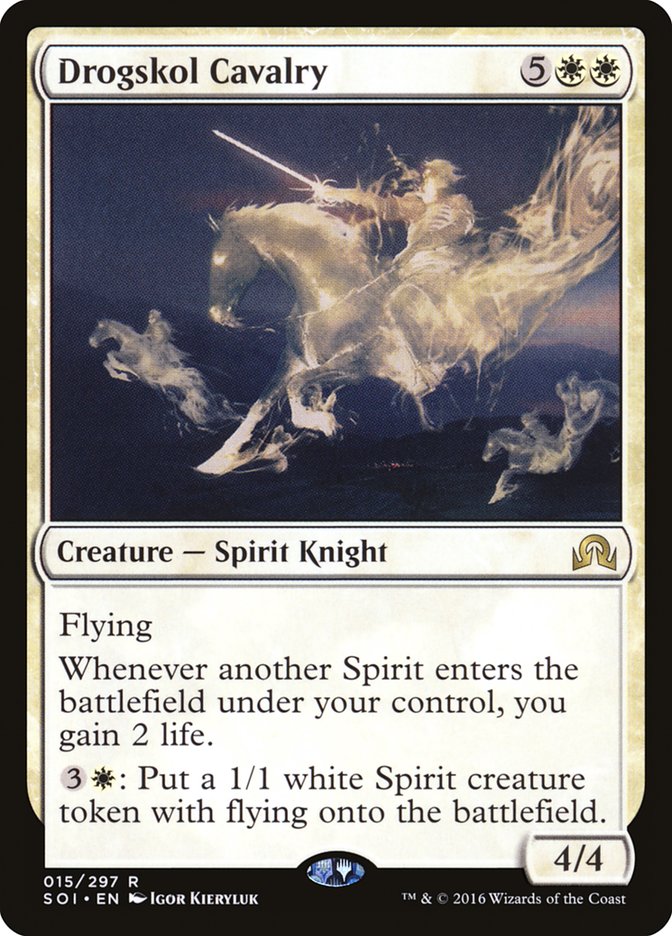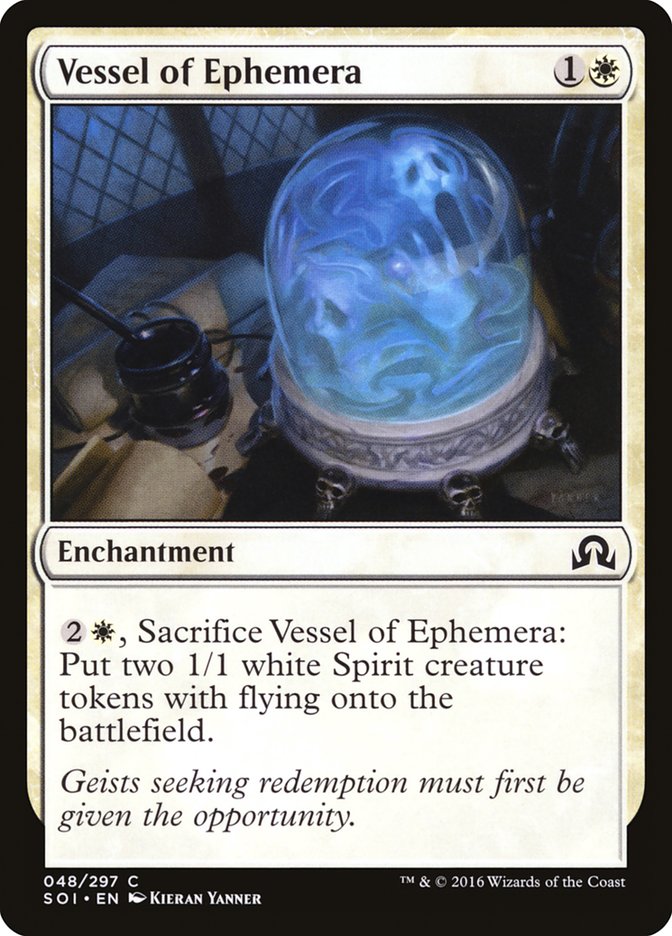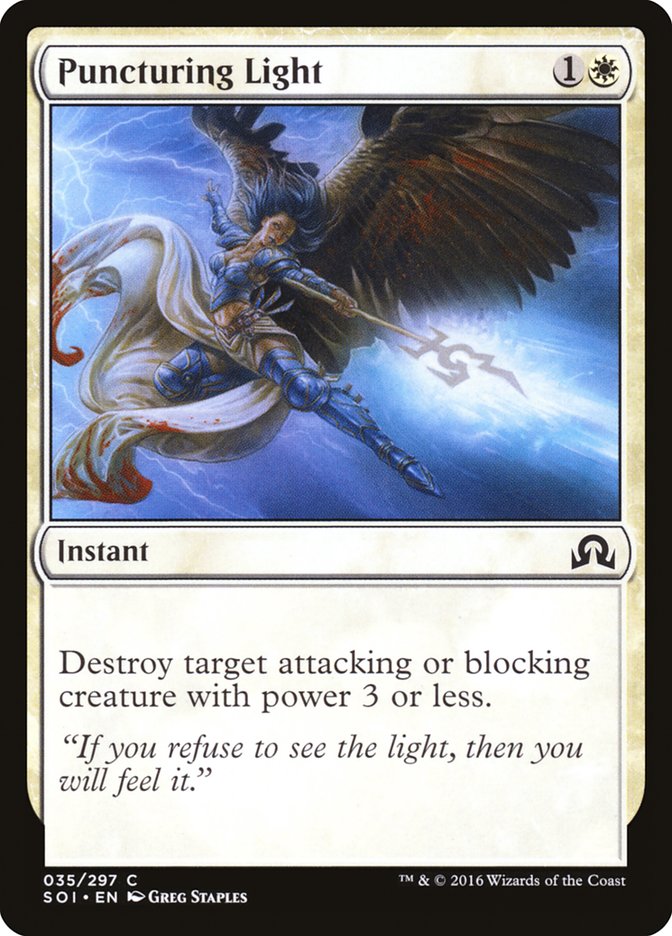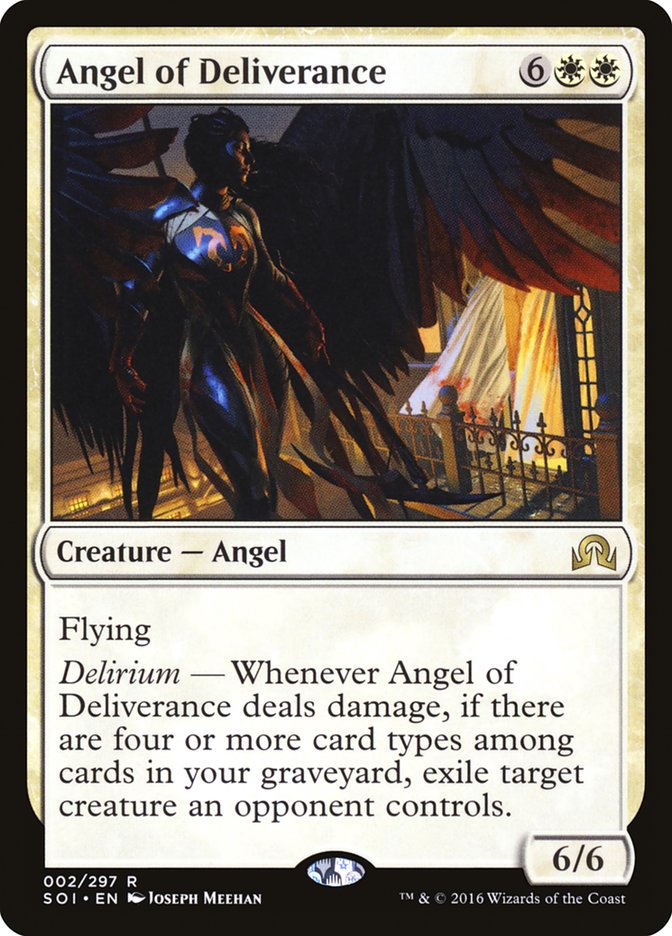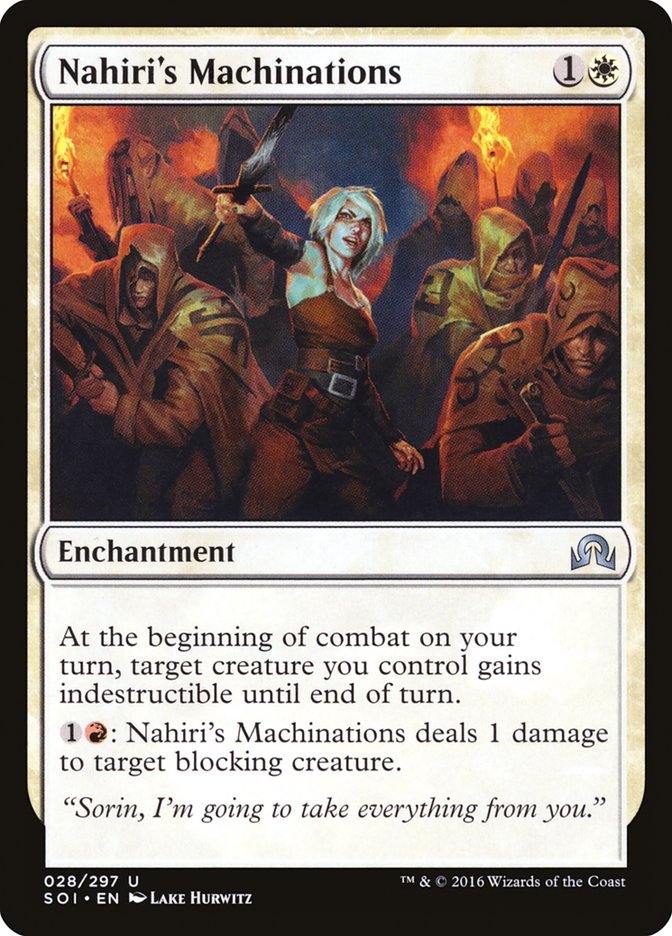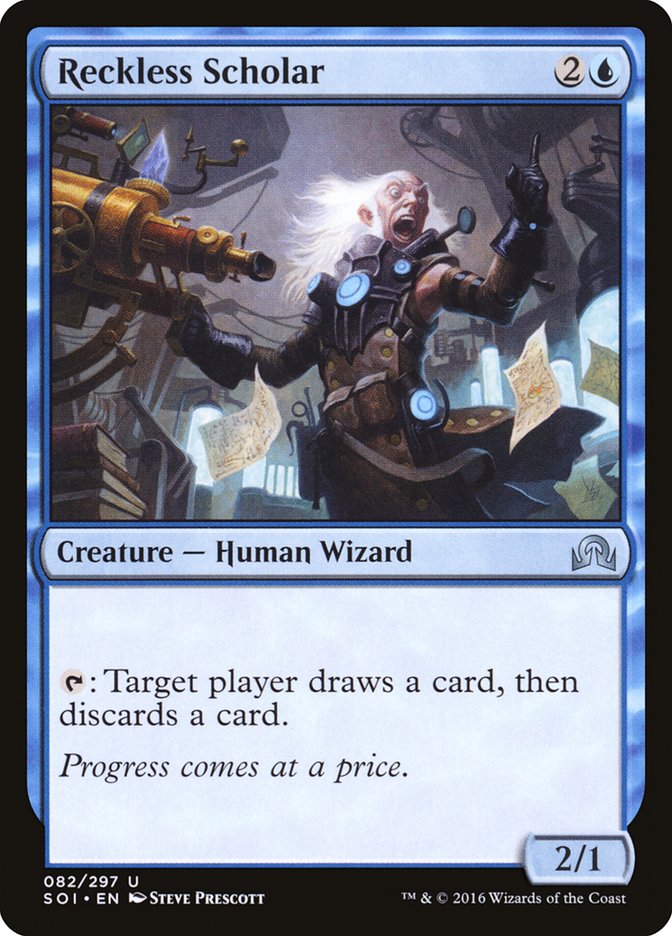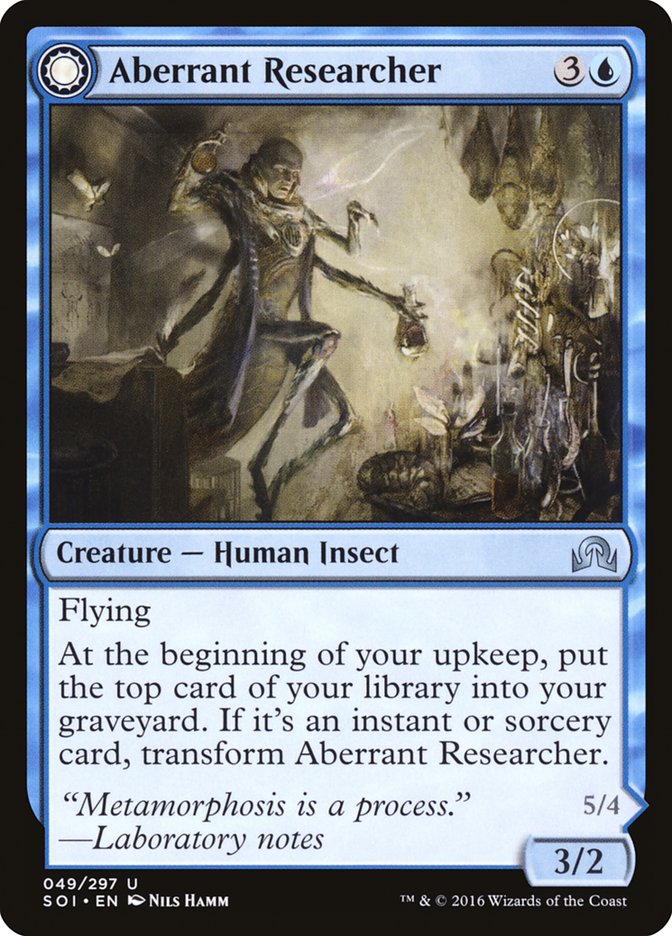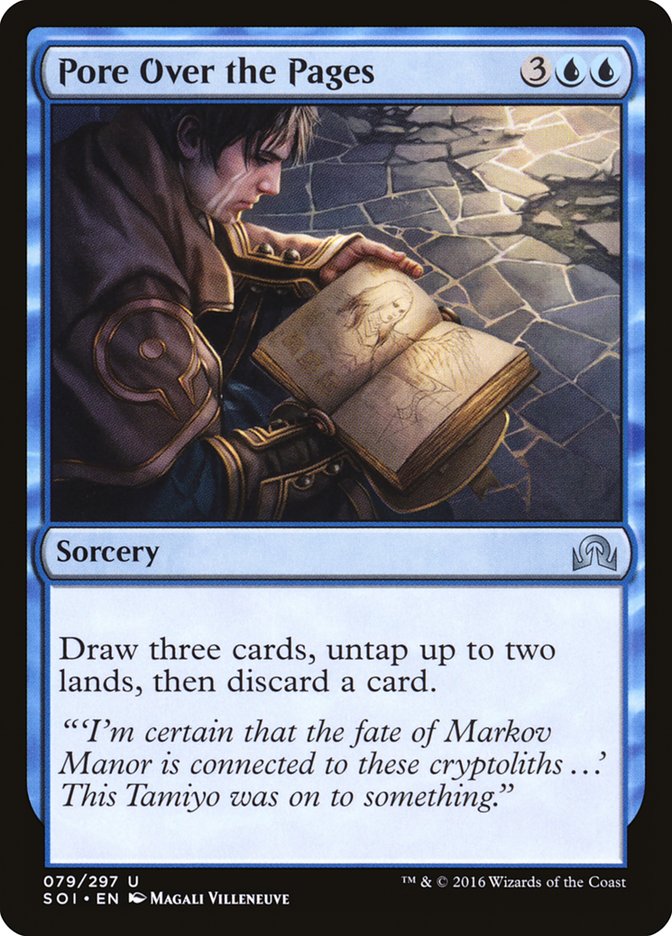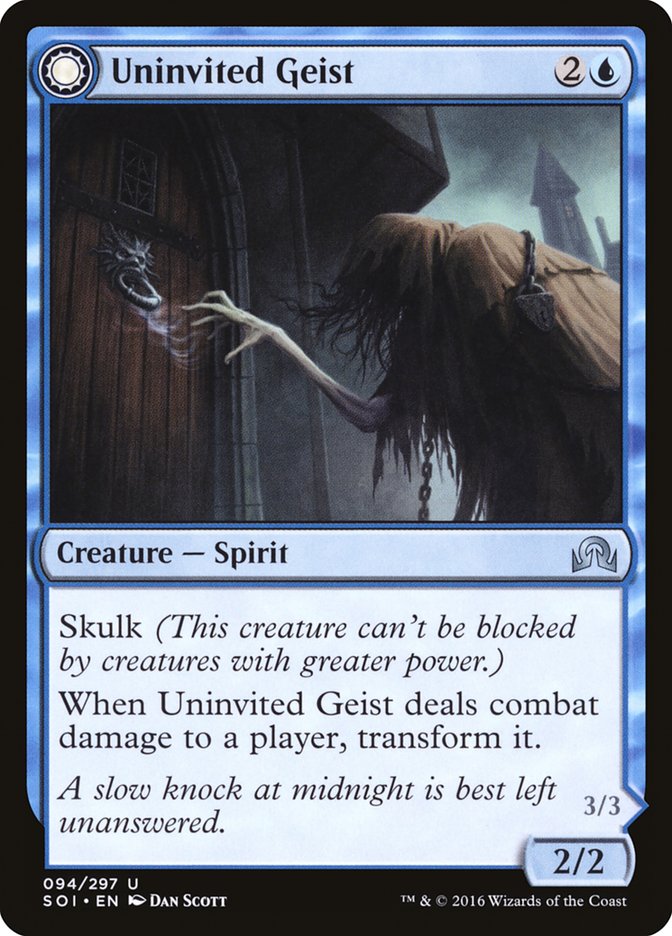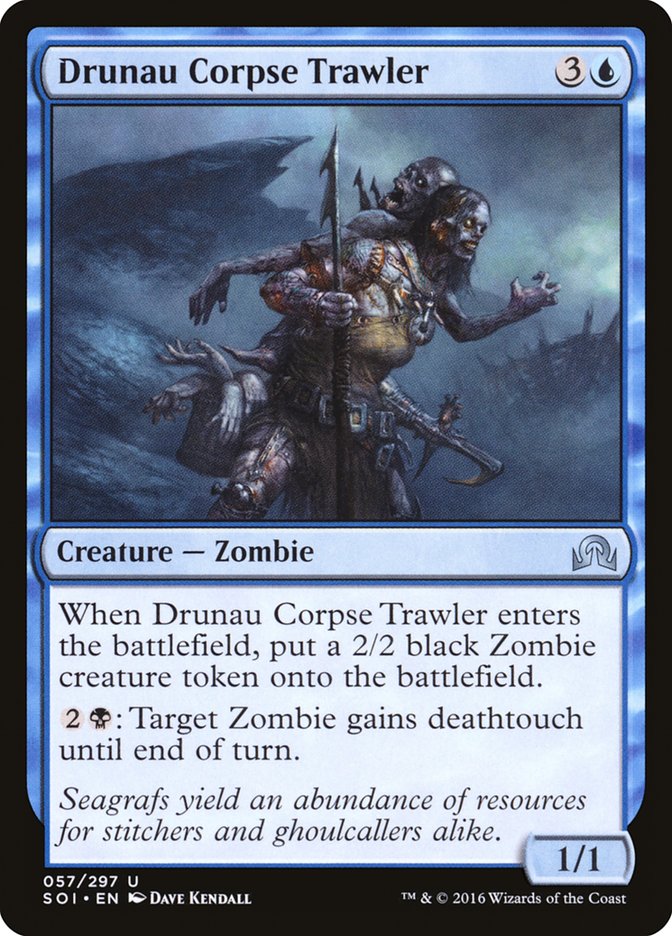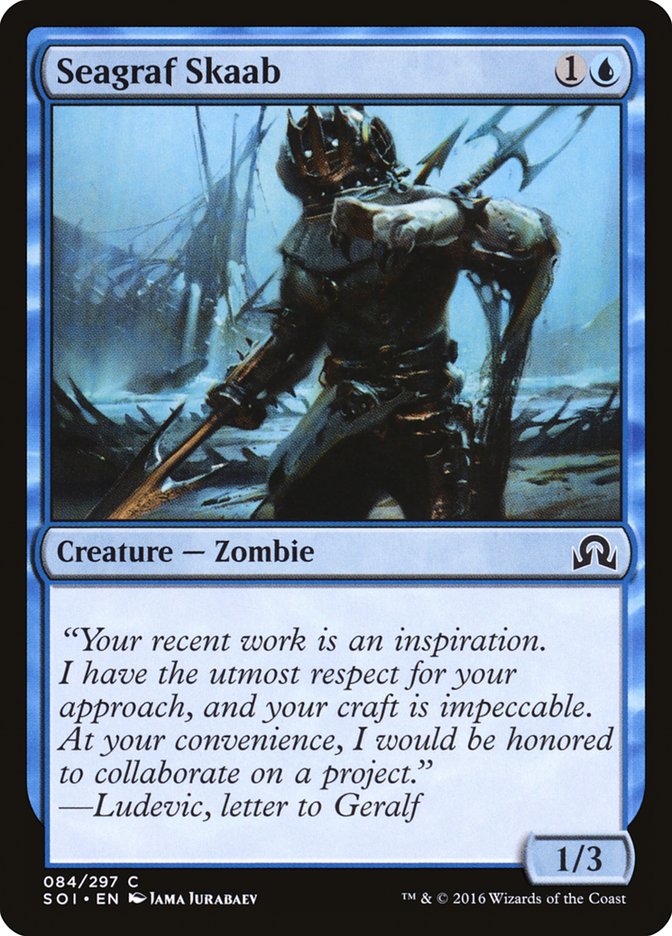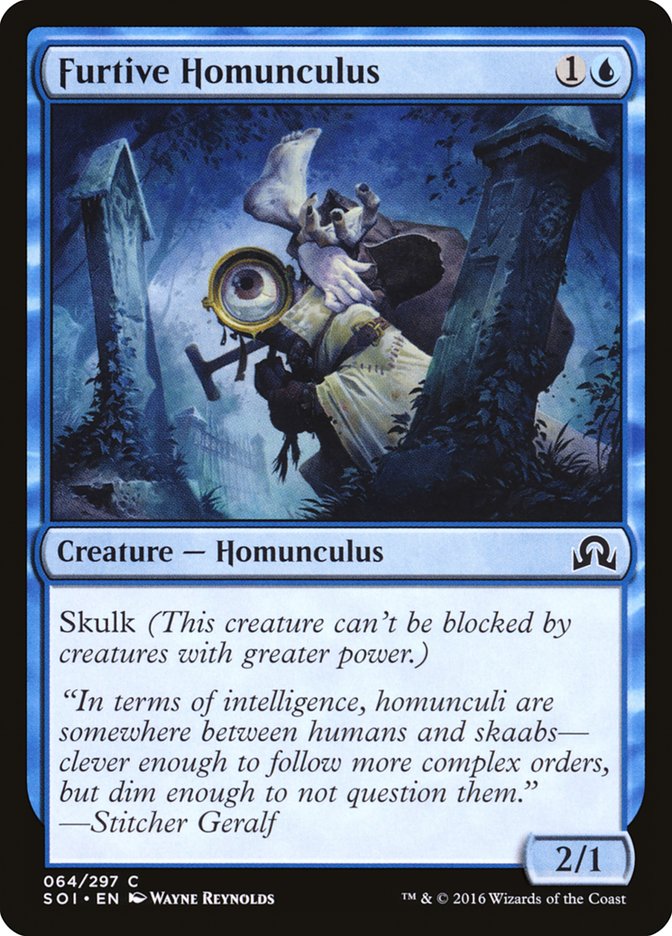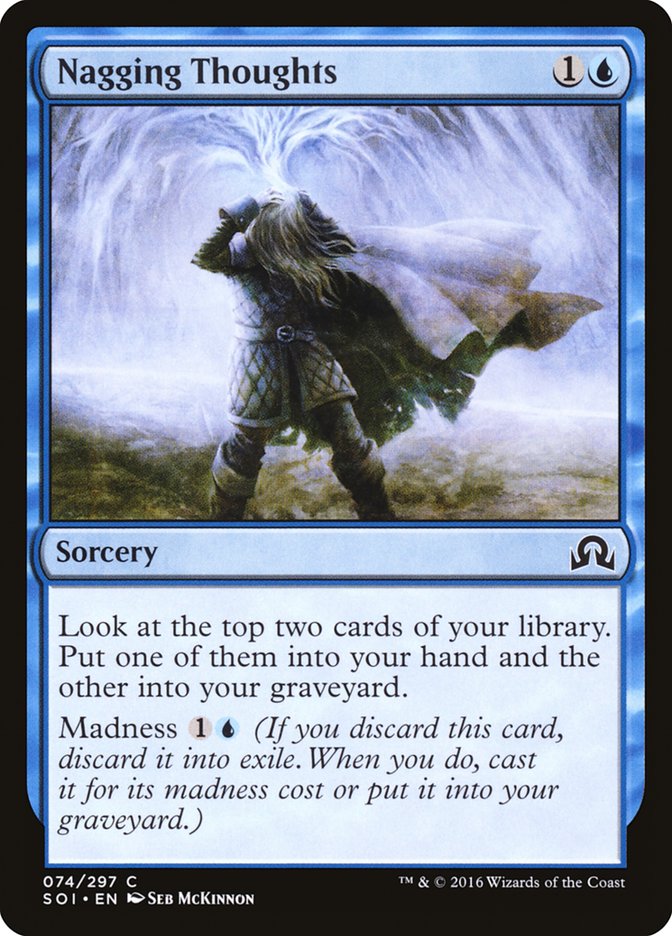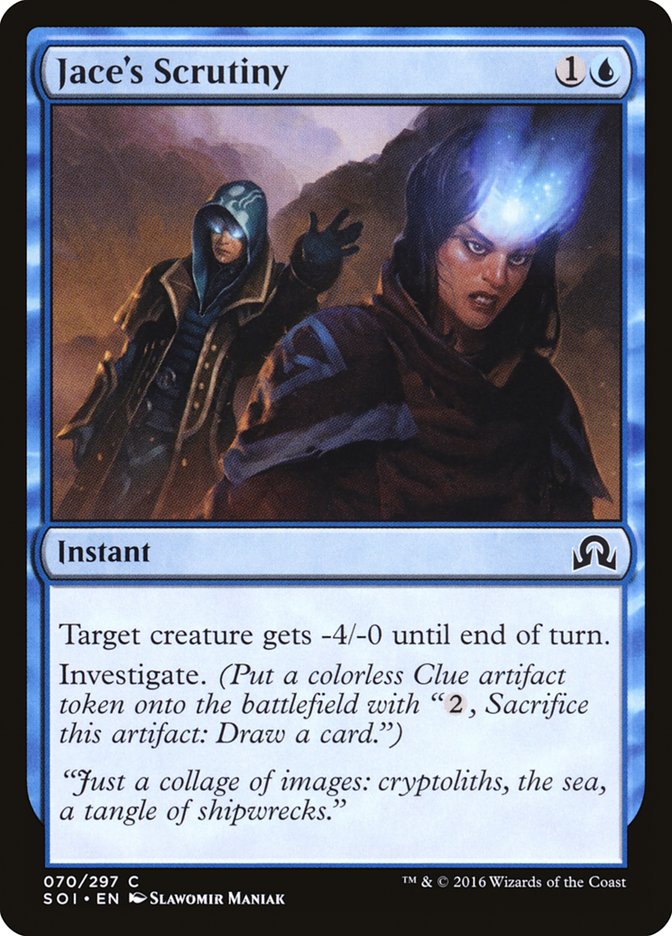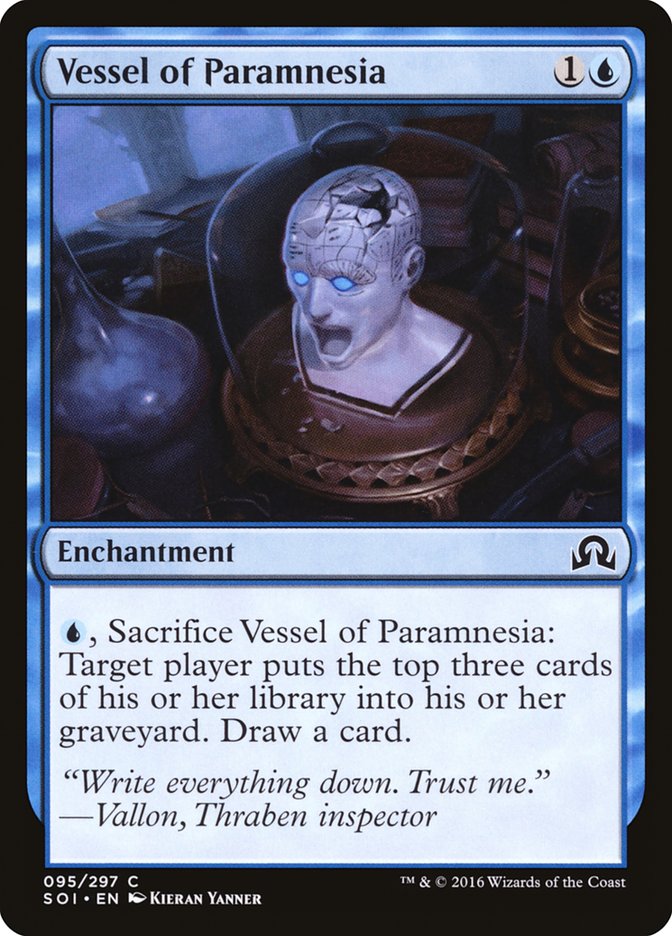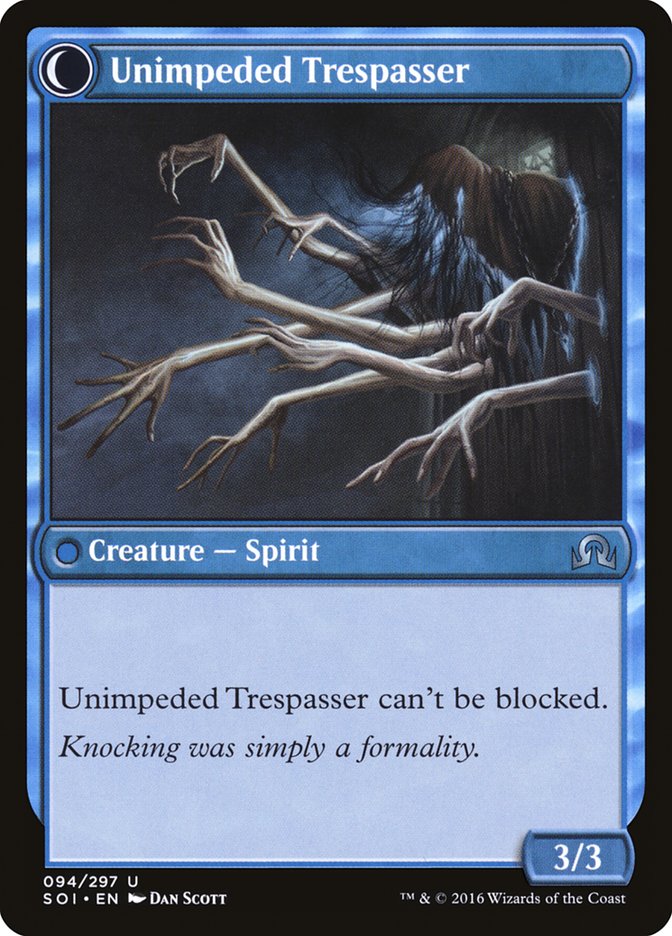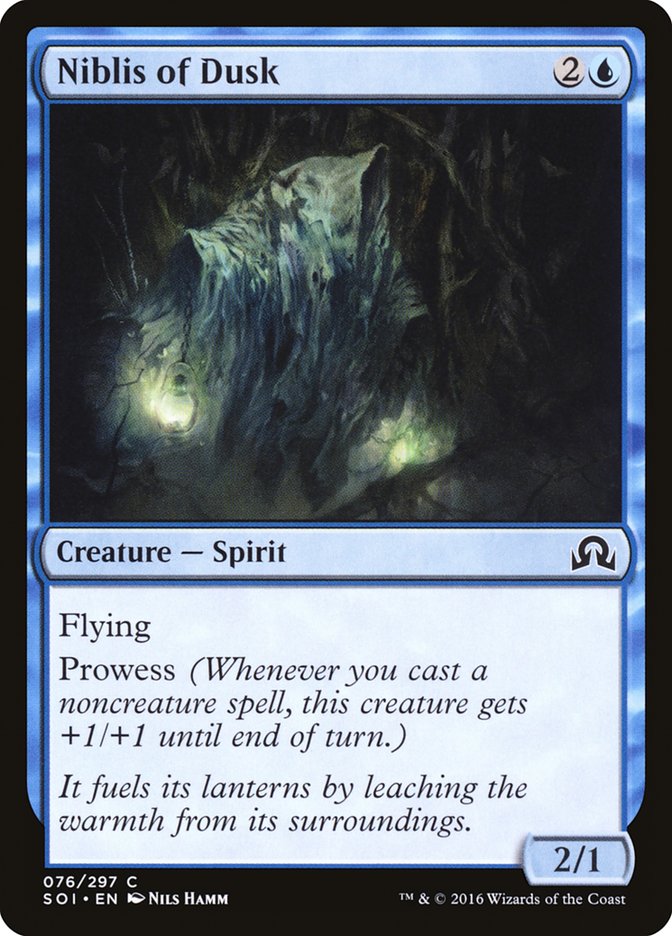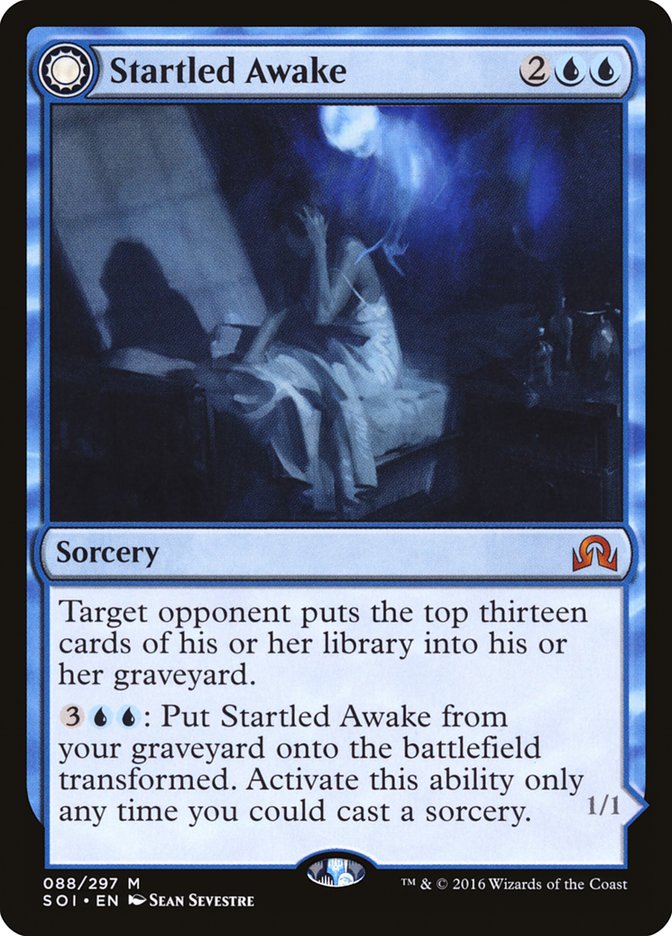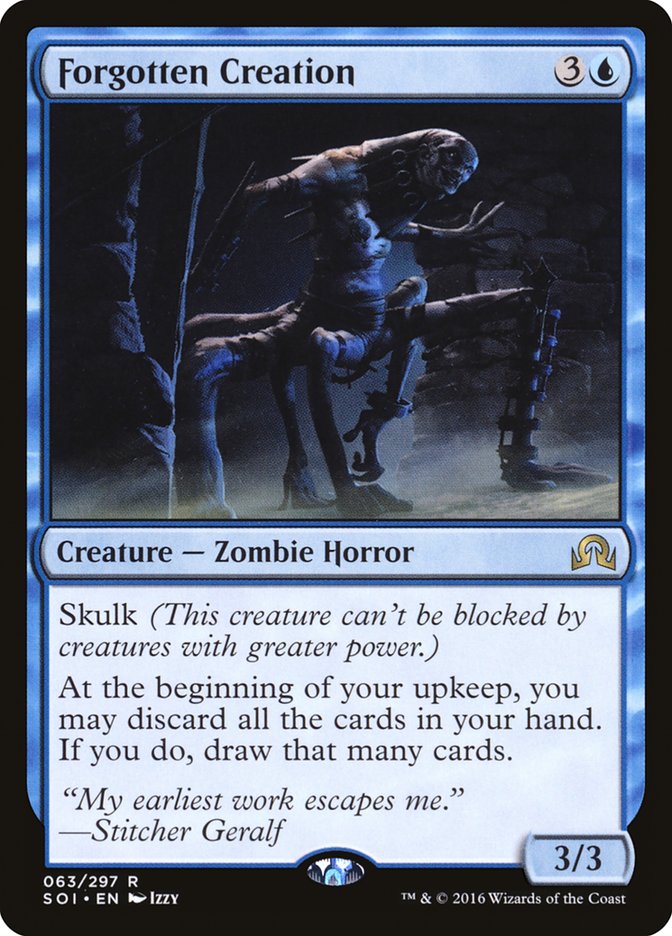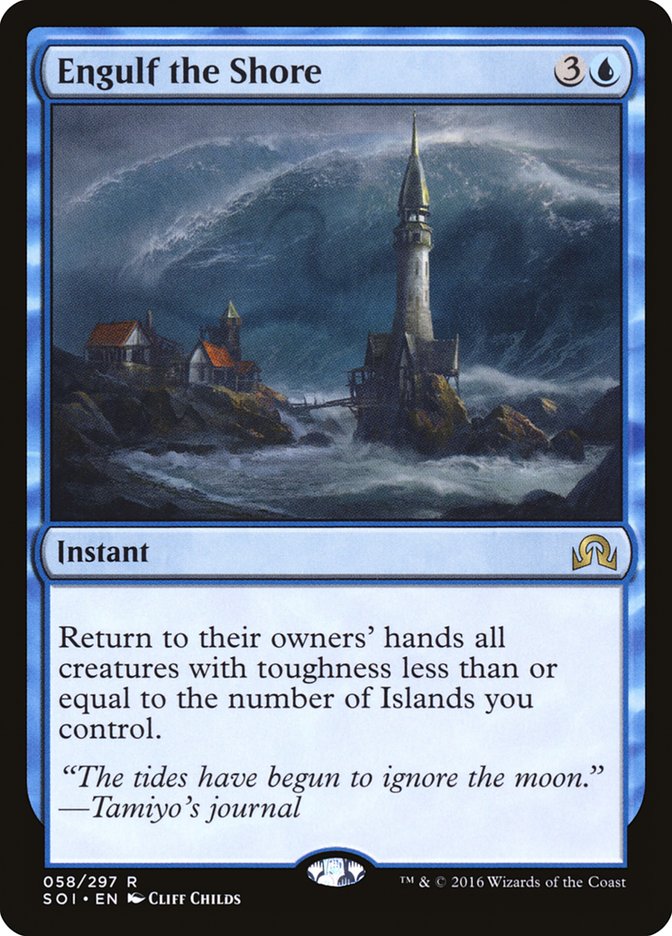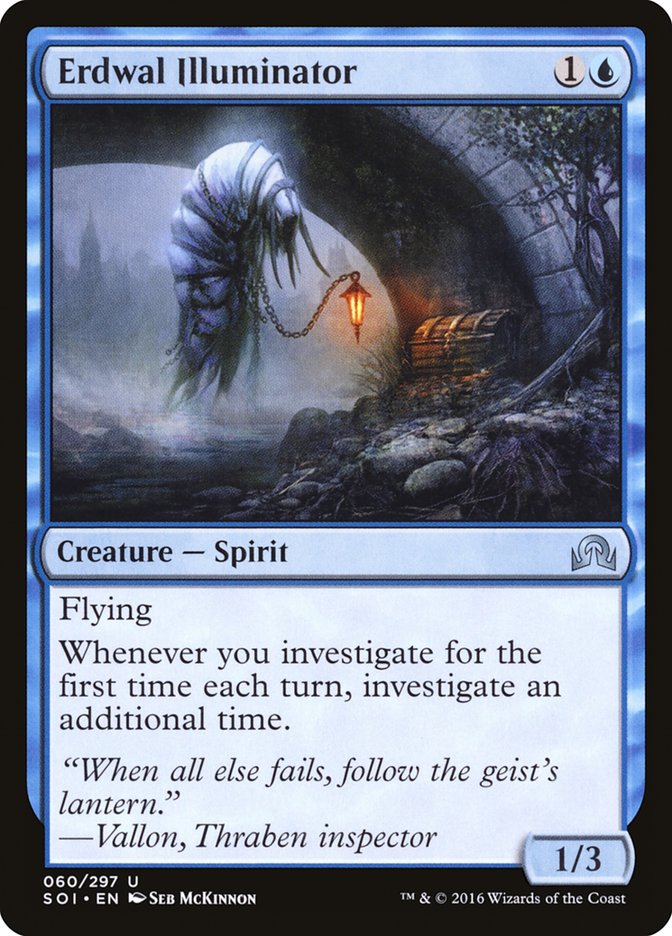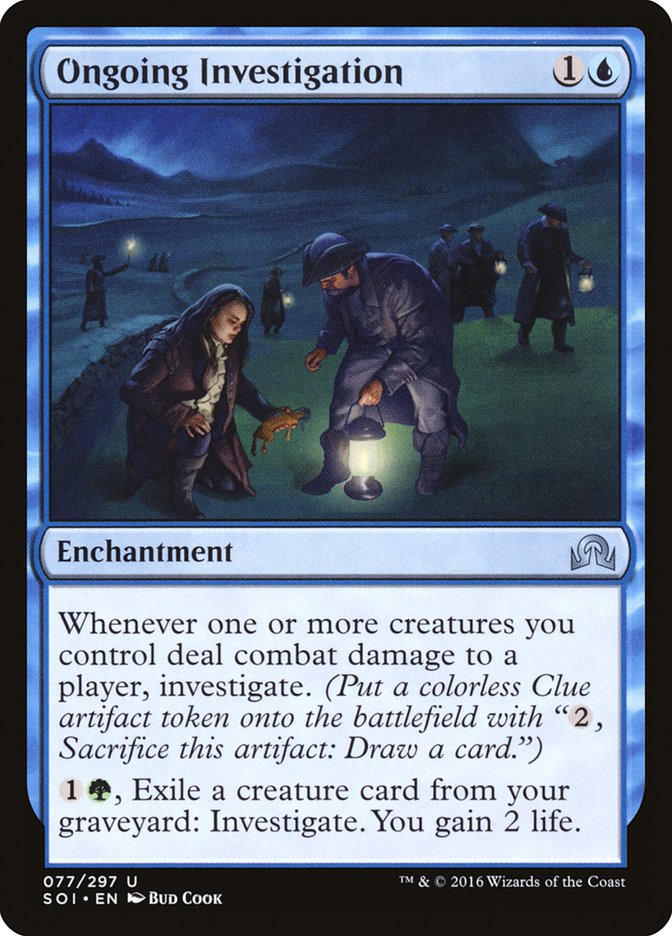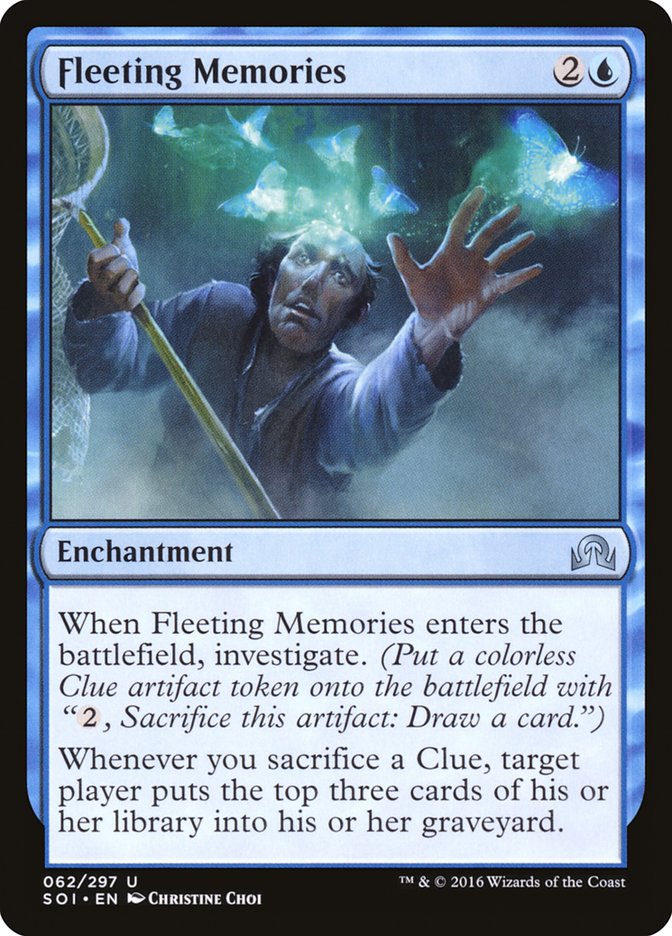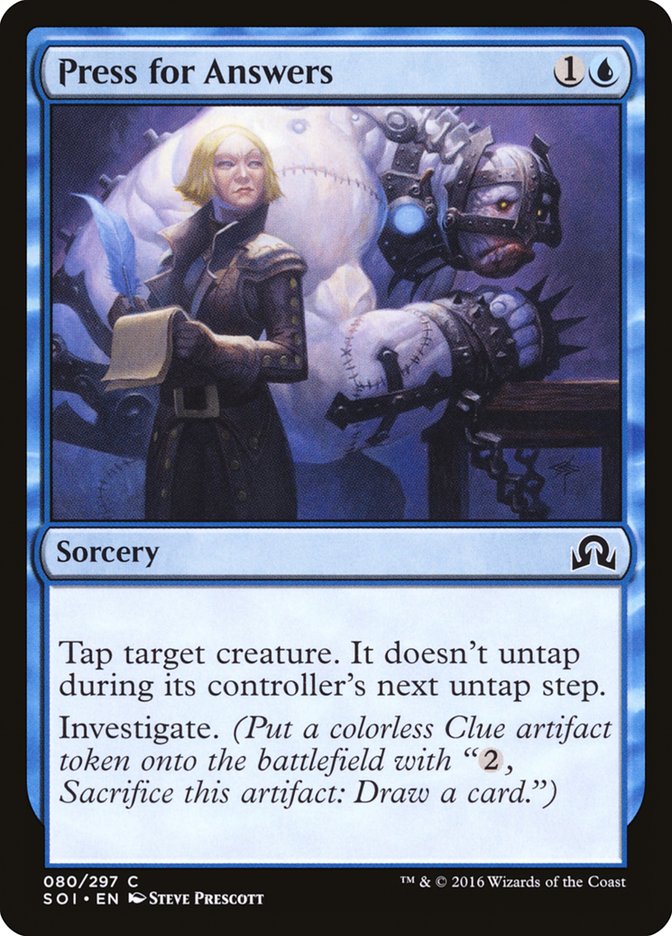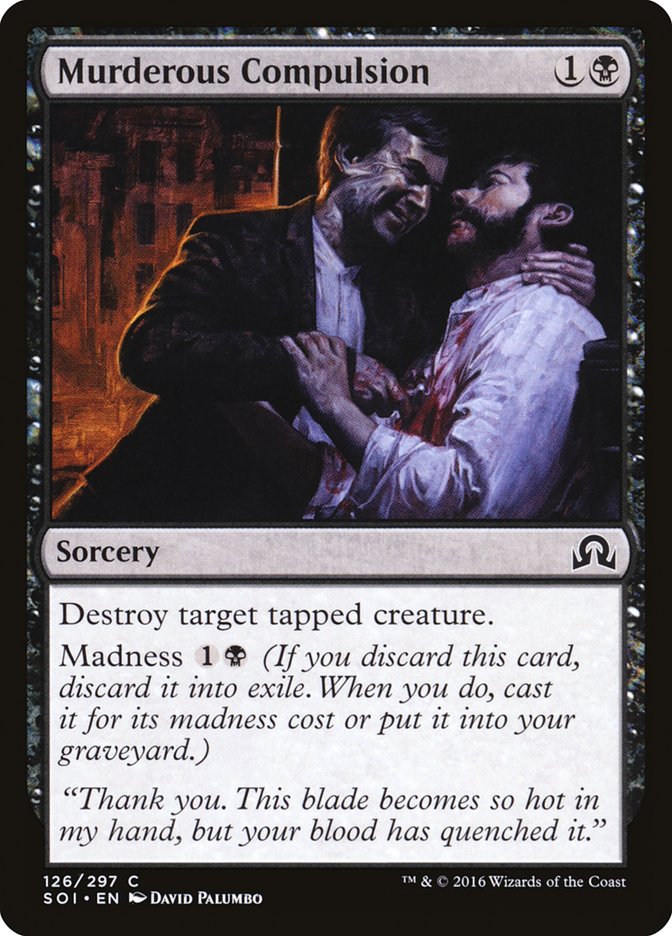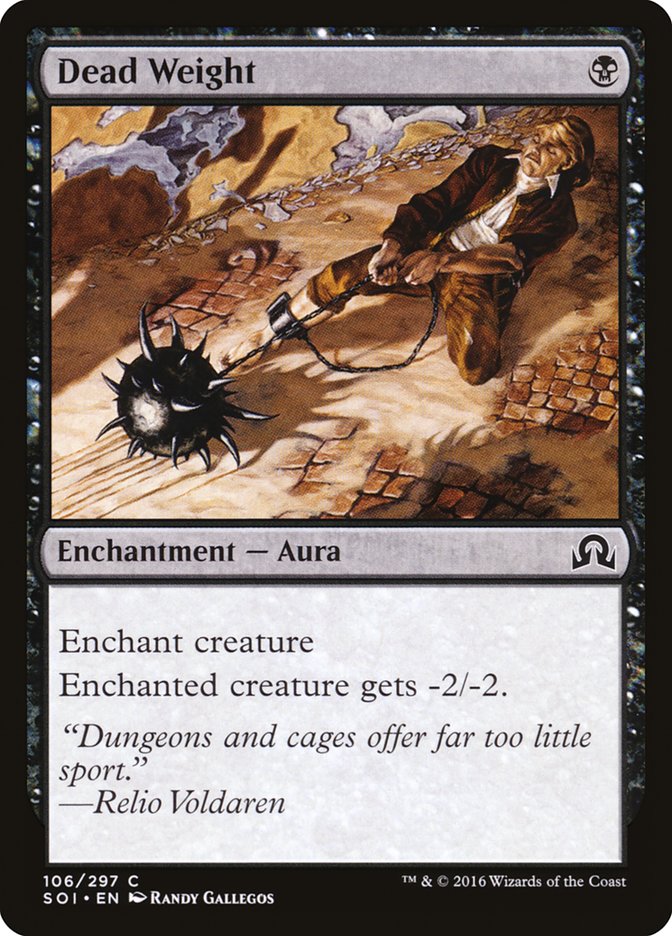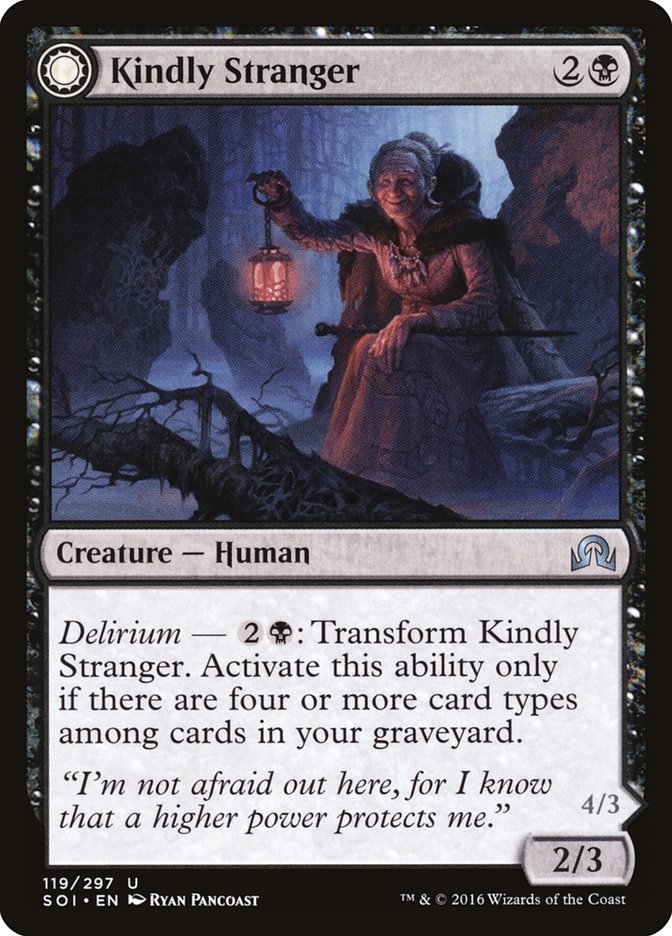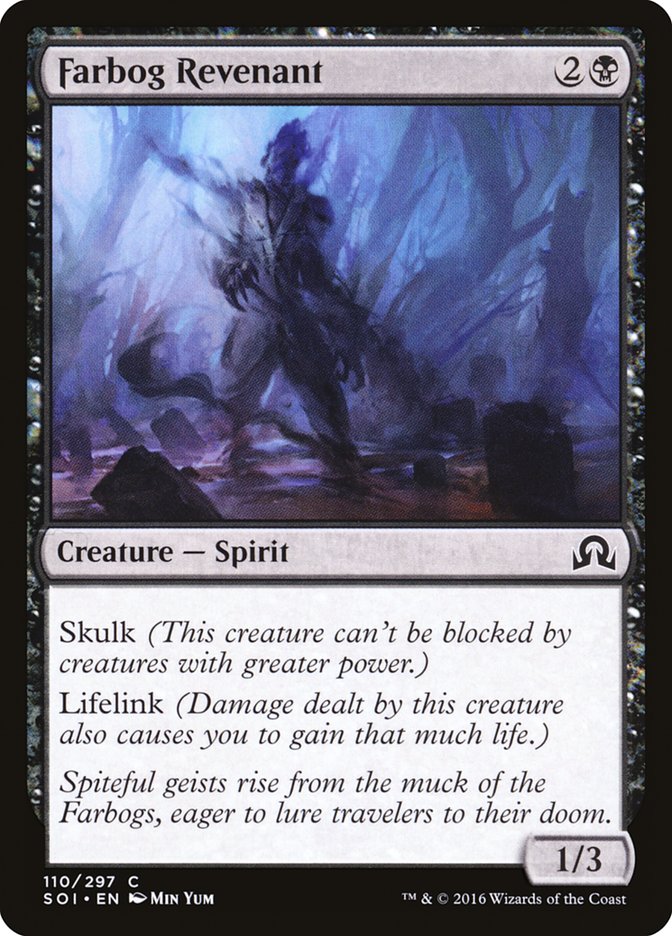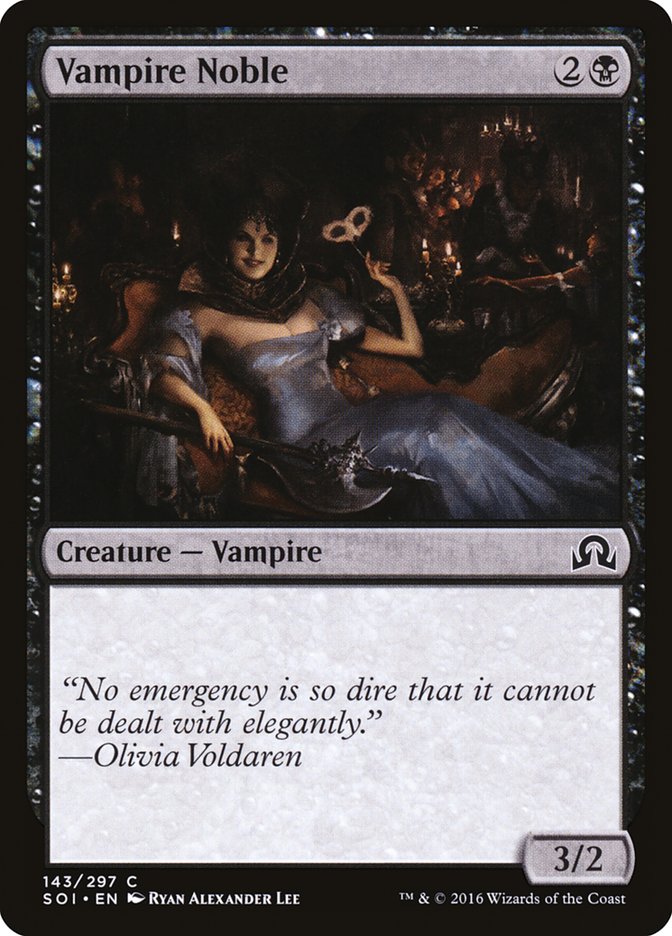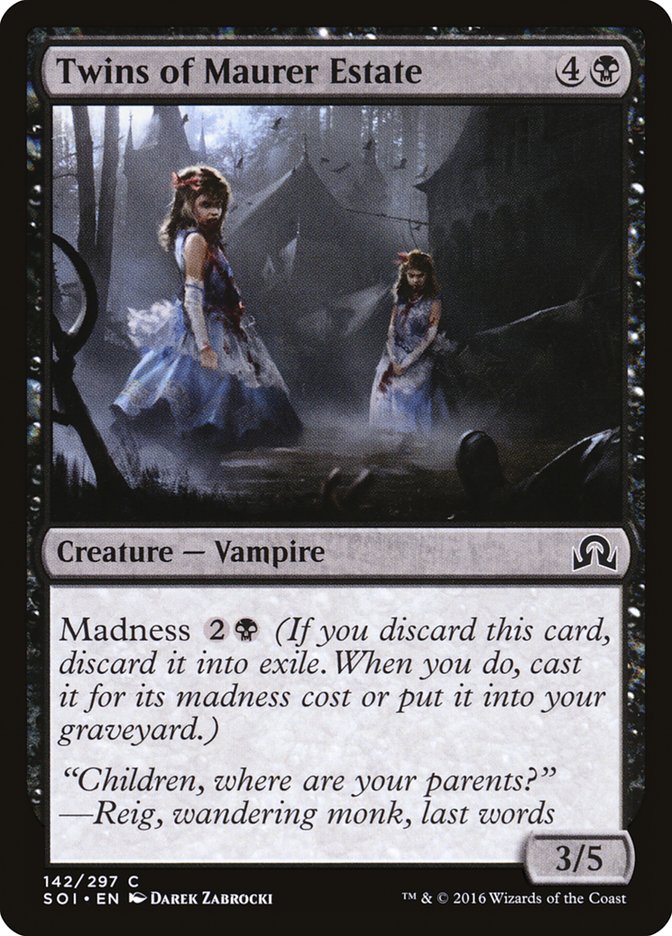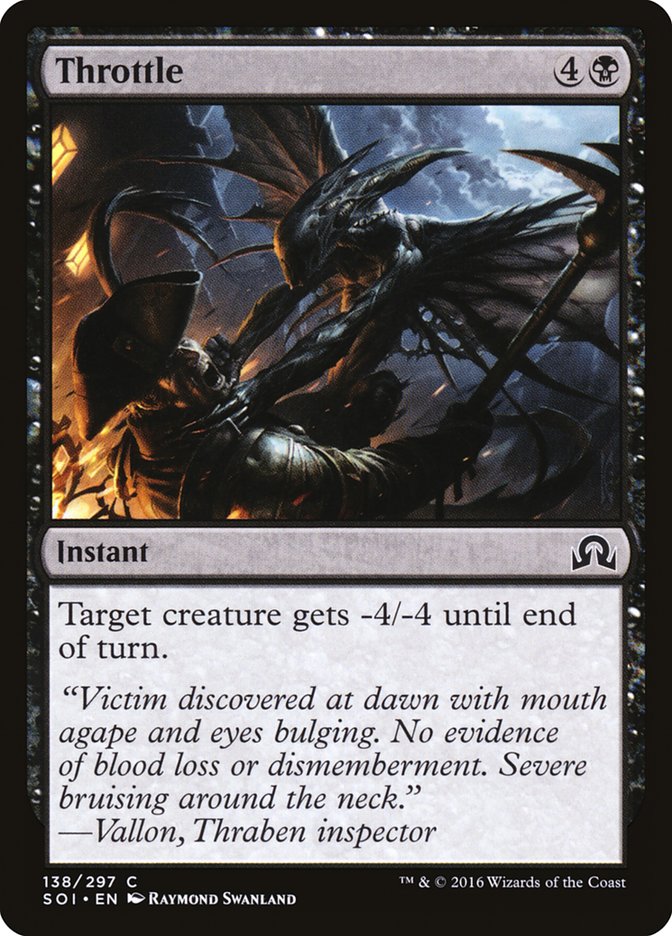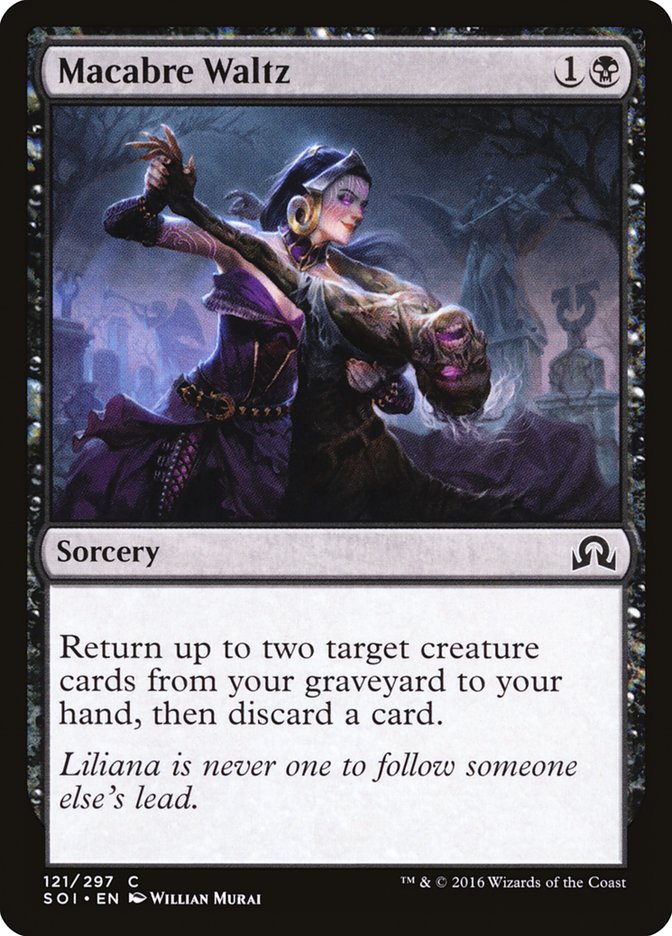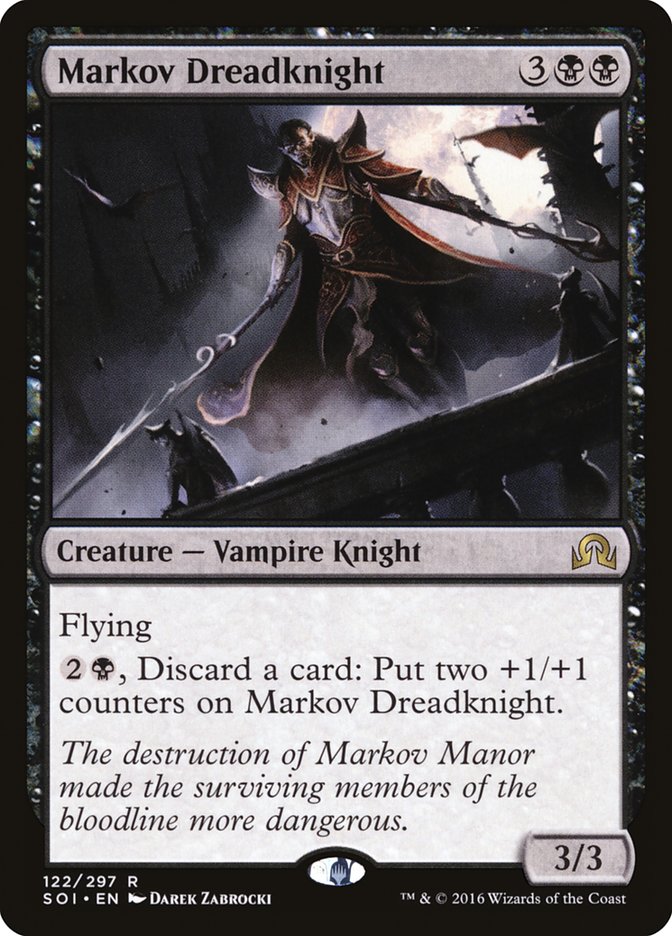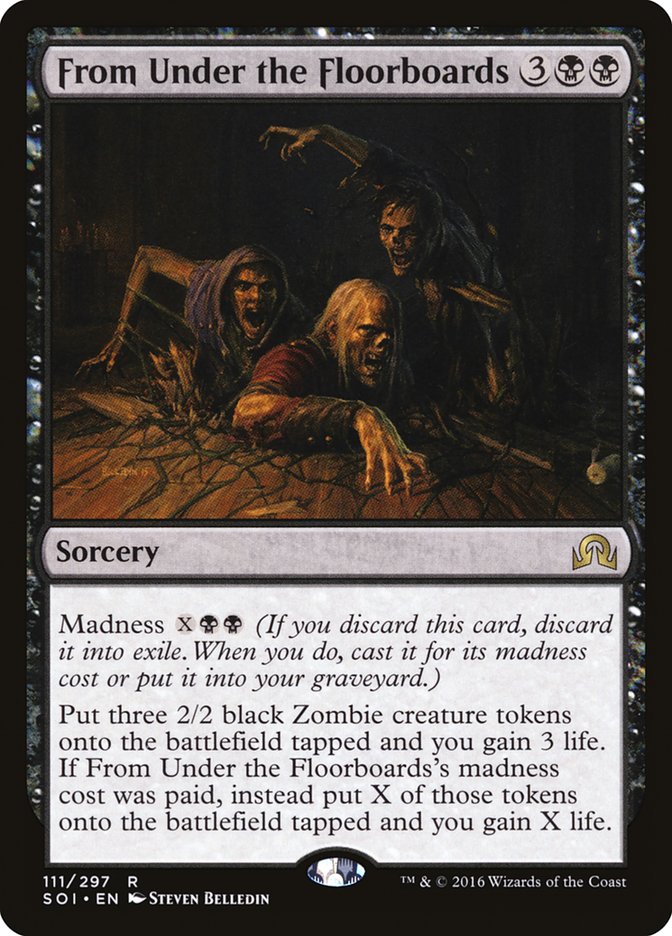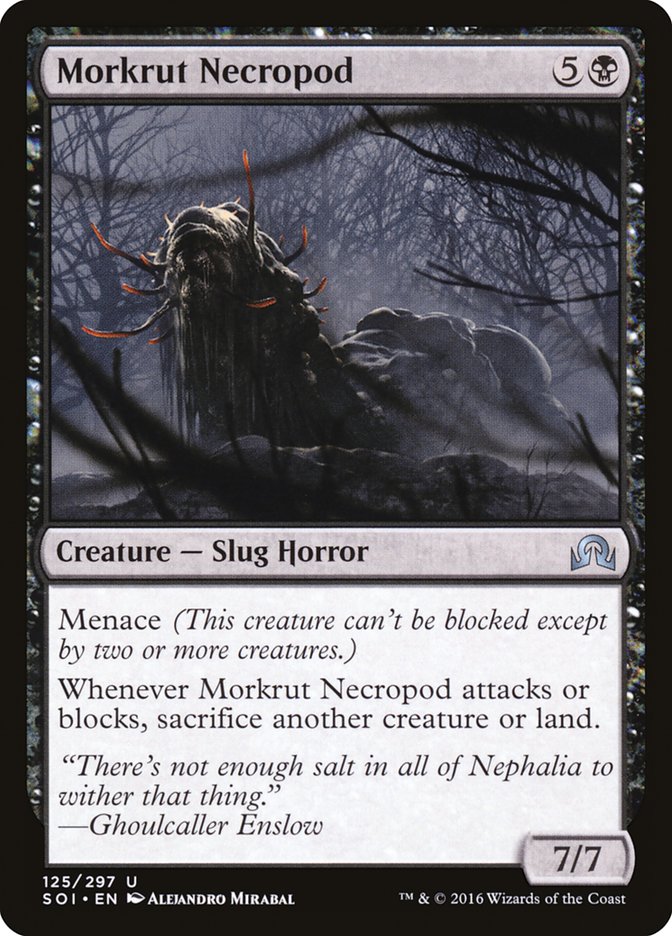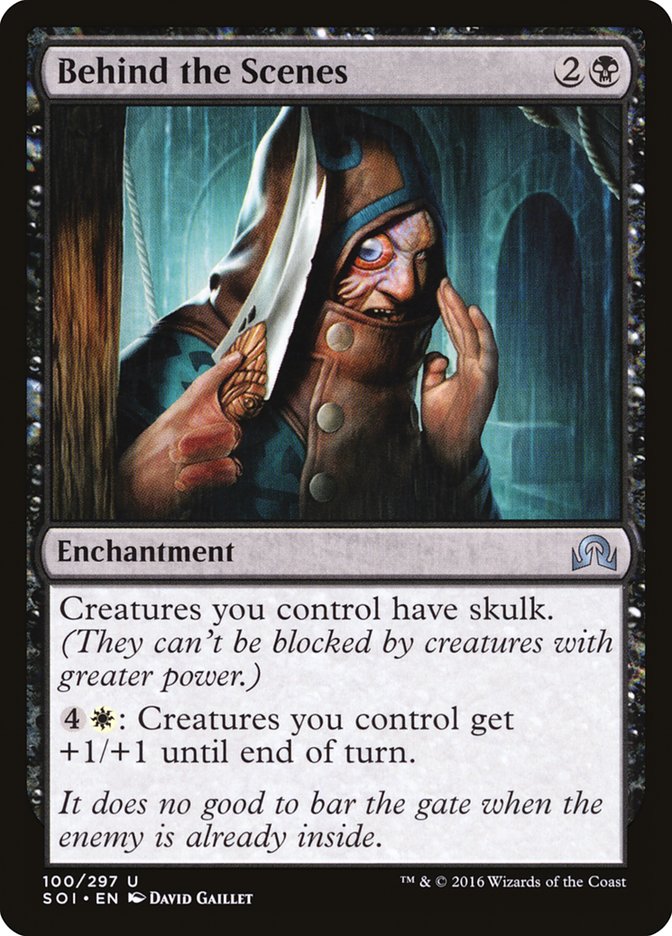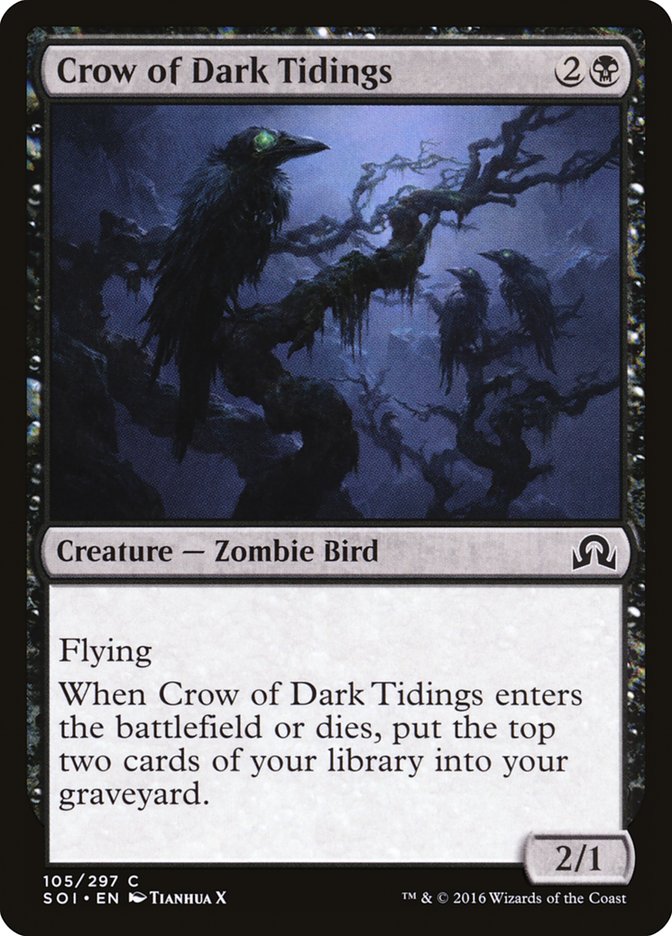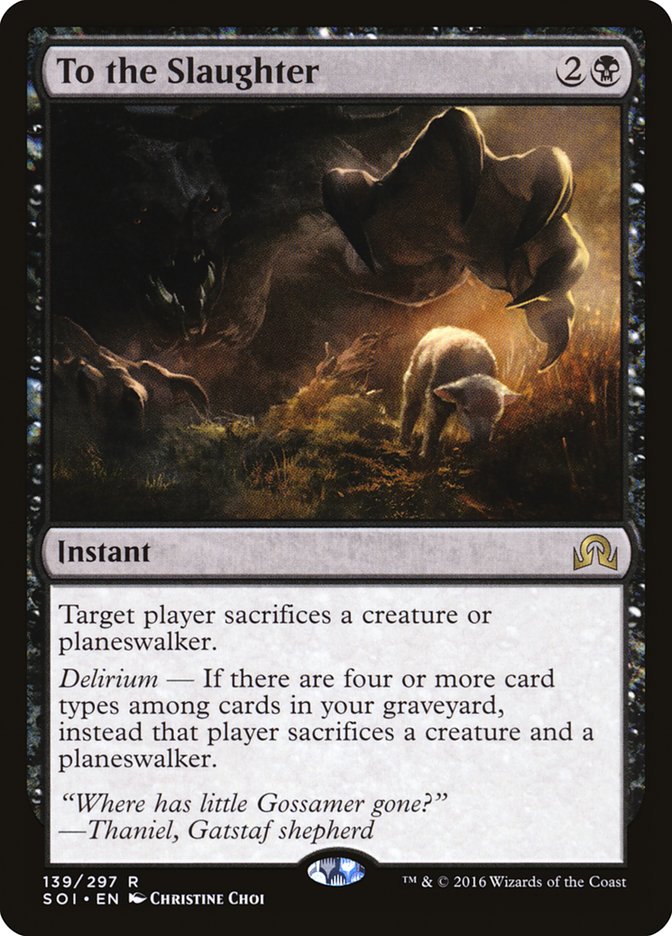Today I’ll be doing half the set, and I’ll do the other half tomorrow. That should get you prepped for your Prerelease weekend. Now, I’d like to re-focus.
Innistrad was the first set review I wrote a Limited review for. This was my goal:
“Instead of pick orders, I’m laying out what each color actually looks like.”
With Shadows over Innistrad, I’m going to try and refocus that. Instead of a card-by-card listing, I’m going to answer a few key questions:
What do the mechanics do to my decks?
What cards do I want to be first-picking?
Are there any holes or flooded slots on the color’s curve or spells?
How does the color play to the set’s themes?
How do the rares line up for the color?
What are the cards I think will be under- and overvalued?
Mechanics
Madness
There are a few ways to gain an edge using madness.
- The card costs less to madness, so your discard is a Dark Ritual.
- You are using an effect that was worth the discard to start, so pitching a madness spell is a virtual cantrip.
- You are discarding a sorcery-speed madness card at instant speed and using madness as a trick.
- Madnessing your spell comes with a bonus. Nice job opening a rare.
Blue’s madness spells hit on the value point, while black and red have a full spread.
Different discard outlets and madness spells are going to work best together. Free discard is good with cost reduction, value producing is good with tacked-on madness, and instant speed is good with trick madness. All three is the dream.
Delirium
This mechanic is super-finicky.
Is this good Draft deck mana: double splashing off five Swamp, four Mountain, and you are playing a black-red spell? This is basically the same as turning on delirium in a “stock” draft deck that is seventeen lands, fifteen creatures, nine spells. If those spells are split and you have an easy way to discard lands, you have to find one of your few instants and few sorceries to get to delirium. The mechanic takes work. If the card isn’t good without delirium, don’t play it in a deck that isn’t full of enablers.
Delirium pushes you to cut creatures and lands for a mix of spell types. Cutting lands is difficult in this format, but expect a lot more twelve-creature decks than usual.
Delirium is another payoff for discard outlets. Watch for on-battlefield discard outlets threatening to enable it, and also realize instants like Catalog have conditional trick value.
Investigate
Investigate is a smoothing mechanic that specifically battles mana flood. You get more cards per game, but you need extra mana to do this. This is why cutting lands for delirium spreads is hard. I don’t think that this makes Shadows over Innistrad an eighteen-land format, but it does mean that in investigate-heavy decks you can get paid off for eighteen lands with a splash.
Double-Faced Cards
In-game, instants are higher in value as you can prevent a Werewolf from flipping if your opponent passes a turn. Cheap spells are similarly good to enable double-spell turns to revert a Werewolf.
Since picking a double-faced card is public info, signals are visible. If the person to your right first-picks a flip rare, get out of the way. If they are on your left, you can try to cut them hard and get paid off if they move out of the color. Cards like Solitary Hunter help clarify mid-pack if that green card is there because the pack was deep or the color is open. There is noise here, but keep your eyes open for the good information.
Be careful looking around while people are still in the process of picking cards. The official line here is still being worked on, but it’s easy for someone to confuse “looking at double-faced cards” with “trying to peek illegally.”
Let’s Talk Colors
White
Top Commons:
Dauntless Cathar is a solid body with a two-for-one built in that also works with discard outlets.
Angelic Purge has limitations but is one of the few ways to kill a 6/6 at common. This is about a pick worse than you think and is even lower once you have one or two copies.
Top Uncommons:
Nearheath Chaplain is just a bigger and better Dauntless Cathar. The second token is a big gain on already powerful effect.
Bound by Moonsilver is removal that upgrades on the battlefield and enables delirium. Note you can target the creature it is already on just to sacrifice something.
I’m pretty sure Reaper of Flight Moonsilver one-shots people if it gets delirium and is sized well if it doesn’t.
Curve and Sizing:
White creatures are tiny. You aren’t winning any brawls with them, so your plan should be go over or around.
Replacement-level three-drops in white are bad. Your best common is a three and the slot is full at common and uncommon. You have lots of space for off-color five-drops as white common ones are near replacement level.
Spells:
White’s spells are very low-end-oriented. There is no Gods Willing to save a large threat, just scrappy tricks and wide pump. If your creature tries to combat a 4/5 it is going to lose. Again: around or over, not through.
Mechanics:
White has little delirium and no madness going on. It does have good enablers, including Stern Constable as the only repeatable common discard outlet.
Spirits are go-wide fliers. The 1/1 tokens don’t bounce or flicker well, making that a secondary theme.
There is a light Humans-Equipment theme here. The big draw is going to be True-Faith Censer, which is a very good rate on a Human.
There is also a grindy deck that leverages all the Spirit tokens and graveyard effects. These cards get immediate value on the battlefield, which always plays better than it looks.
Rares:
The white rares are generally strong, but only the Mythics are slam dunks. I’m not going to be sad first-picking Bygone Bishop or Odric, Lunarch Marshal, but they aren’t necessarily better than the best common or uncommon.
Sleepers:
The rate on Vessel of Ephemera is really bad on the surface, but white is all about the swarm. This Vessel in color pairs with delirium focus is also a “creature” without the card type creature.
The Spirit token subtheme makes Inspiring Captain better than Ampyrn Tactician, which was already a solid card in Magic Origins draft. This could easily creep to a solid third pick. A 3/3 is also oddly massive in the format.
Traps:
Removal being picked early. Angelic Purge is costly at times and is bad in multiples, and Puncturing Light is doubly conditional. The uncommon removal isn’t much better either.
Eight is so much mana and it would still be expensive if the exile effect wasn’t conditional.
I have no idea what a W/R deck is trying to do. In theory it attacks, but the overall themes just don’t mesh.
Summary:
There aren’t a lot of white cards I would jump into the color for but it still works. White is all about making small creatures matter, has an actual answer (even if it is unexciting), and has enablers that bridge themes like Vessel of Ephemera. I don’t want to first-pick a white card and would rather they fall into my lap if it is open, but I can see lots of the cogs it provides moving up over time.
Blue
Top Commons:
Sleep Paralysis, aka blue Oblivion Strike, aka the only straight-up common kill spell.
Every part of Stormrider Spirit is great. 3/3 is great, flying is great, flash is great.
Top Uncommons:
Reckless Scholar is the dreamboat madness enabler trio of free, value, and instant-speed.
Abberant Researcher is an already good flier that gets better and enables delirium.
The power-level drop from here isn’t even that far. Blue has really good uncommons.
Curve and Sizing:
Blue has terrible two-drops and the threes don’t play good defense. Pair it with a color that helps early or prepare to play Seagraf Skaab. The format isn’t fast, but playing two turns behind is never good.
Having multiple good five-drops is an easy way to clunk up your curve. Watch out at this slot.
Spells:
Blue’s spells are mono-durdling, which amplifies the low-drop issue. It’s very easy to get locked into drawing cards to draw cards while you die.
Having a ton of cantrips does make delirium a little easier to get. Blue is also heavy on investigate and more likely to play eighteen lands as a result, even if it also eats into your creature count.
Mechanics:
Blue’s primary goal is to leverage madness for value with black or red. Between this and all the random cantrips, you bury an opponent in cards.
Blue’s job in Spirits is to add evasive power. White is short on fliers with two or more power.
Rares:
Blue has a full spread in quality, with approximately even numbers of unbeatable, above-average, merely good, and passable rares. No obvious stinkers, but a missing rare doesn’t point to blue.
Sleepers:
Adding flying to a 1/3 means it stops opposing Spirit tokens. Even without the bonus Clue ability I would be excited to play Erdwal Illuminator on turn 2 in blue.
There are non-green decks I will play this in. Repeatable card draw is powerful.
No, seriously. Reckless Scholar is even better than you think. I would not be shocked if it was better than 60-70% of the rares.
Traps:
Fleeting Memories is not a reliable archetype. The added cost of investigating is just too durdly, and, unlike Dampen Thought, the investigate cards aren’t as good at keeping you alive as Ethereal Haze was.
Press for Answers looks like Crippling Chill on a payment plan, but sorcery speed means it only stops one attack. It still stops two blocks, but blue is evasive and not super-aggressive.

Too much investigate takes a lot of mana you won’t have. Be very careful of this in G/U, which looks best as heavy green splashing the best blue cards.
Summary:
Blue is good but does a lot of nothing. There are a lot of early picks that draw you in and a lot of filler that doesn’t change games. Don’t get tricked into taking second-rate do-nothing blue cards and thinking the color is open.
Black
Top Commons:
Murderous Compulsion is very similar to Swift Reckoning, a previous solid uncommon. Good rate for an Assassinate that can madness in combat to kill an attacker.
I don’t even like Dead Weight as removal that much. It just happens to be an enchantment for delirium. Black does not field great commons.
Top Uncommons:
It feels unfair to attack with a 3/2 flier on turn 3. It feels even more unfair when Heir of Falkenrath madnesses a spell too.
Shriekmaw is good, even if you make it delirium.
Curve and Sizing:
Black has a lot of three-drops, but none are terribly impressive. I don’t know if this means I want more threes from other colors to upgrade or I just want to accept my late-pick filler there.
So much of black is replacement-level with small bonus. Synergy and curve rule common creature selection, not quality.
Spells:
As usual, black has two kinds of spells: kill a thing or do nothing. In this set all the do-nothings have synergy, so I’m much happier playing Merciless Resolve than Altar’s Reap previously. Take these spells a bit higher than you would in other sets, but not actually high.
Mechanics:
It doesn’t matter what color you pair it with, black is all about moving resources around to get ahead. Sometimes that means binning cards for delirium, sometimes it is madness, sometimes it is just turning dead cards into good ones with auxiliary spells. Figure out what resources your color pair and cards provide and churn them.
On a different mechanic, the black double-faced cards are very good. Whether black is open should often be public info.
Rares:
Black rares are solid. The spread is wider than in white, but there are also more windmill slams. Markov Dreadknight is the most notable, as it two-shots most of the time if you spend your mana and cards to activate it.
Sleepers:
Sacrificing lands to attack with a 7/7 that must be double-blocked is not a real drawback. Morkrut Necropod is too large to ignore.
This card makes the B/W deck absurd. Small creatures are unblockable, Then they are pumped post-blocks and you die. A real signal to be that archetype.
Traps:
Remember all those Spirit tokens? A 2/1 flier is nothing special in the format, even if it self-mills.
Via Reddit: “Target player sacrifices a creature. If you have four or more card types in your graveyard, you have four or more card types in your graveyard”.
Summary:
Black doesn’t do most things very well, but it buries your opponent in things. This will change the pick orders in your secondary color to match the attrition theme. Bias towards other grindy cards if you go down this road.
To Be Continued…
I’ll return tomorrow to finish up the set. Which colors, cards, and mechanics are you most stoked about for Prerelease weekend?


